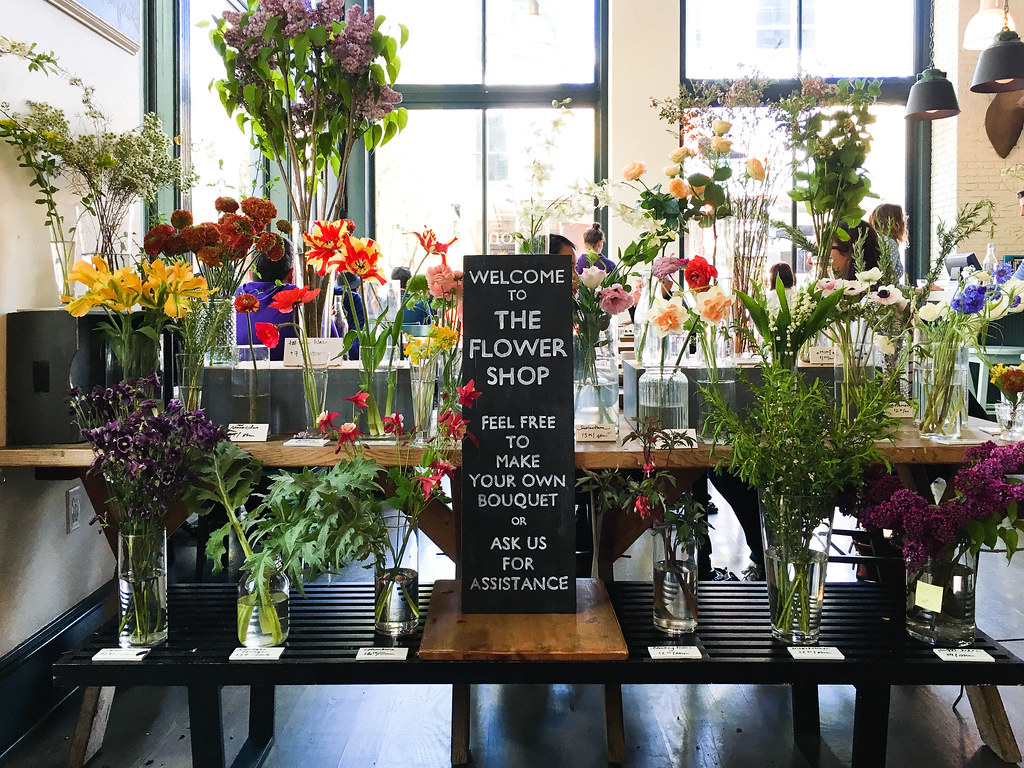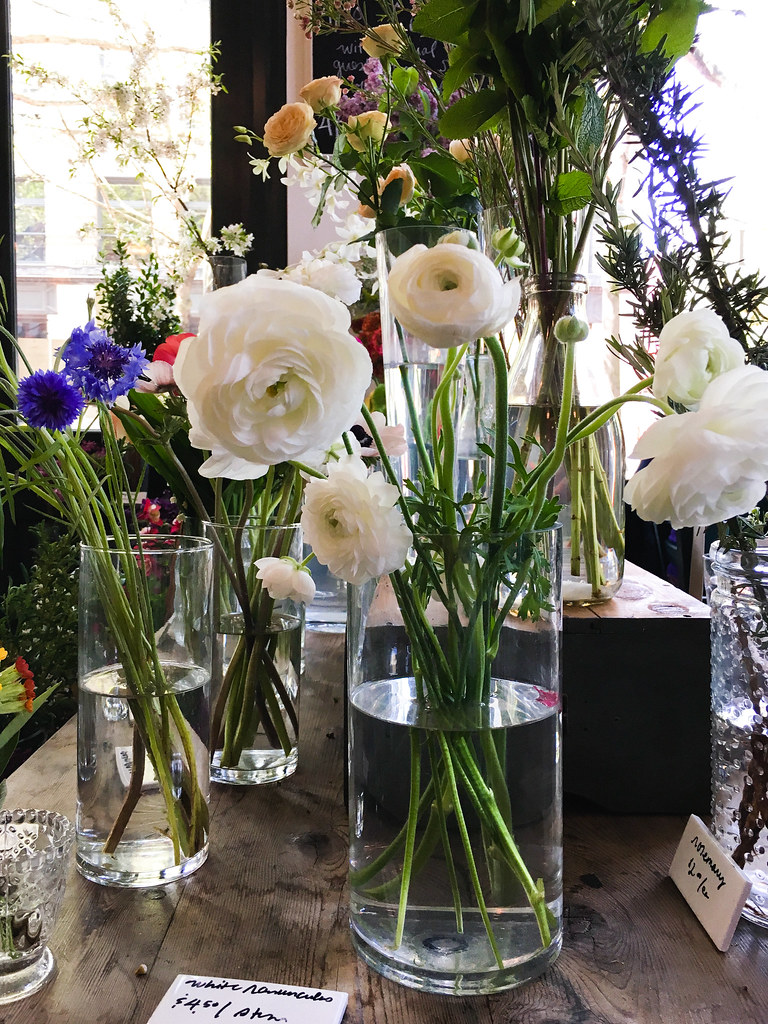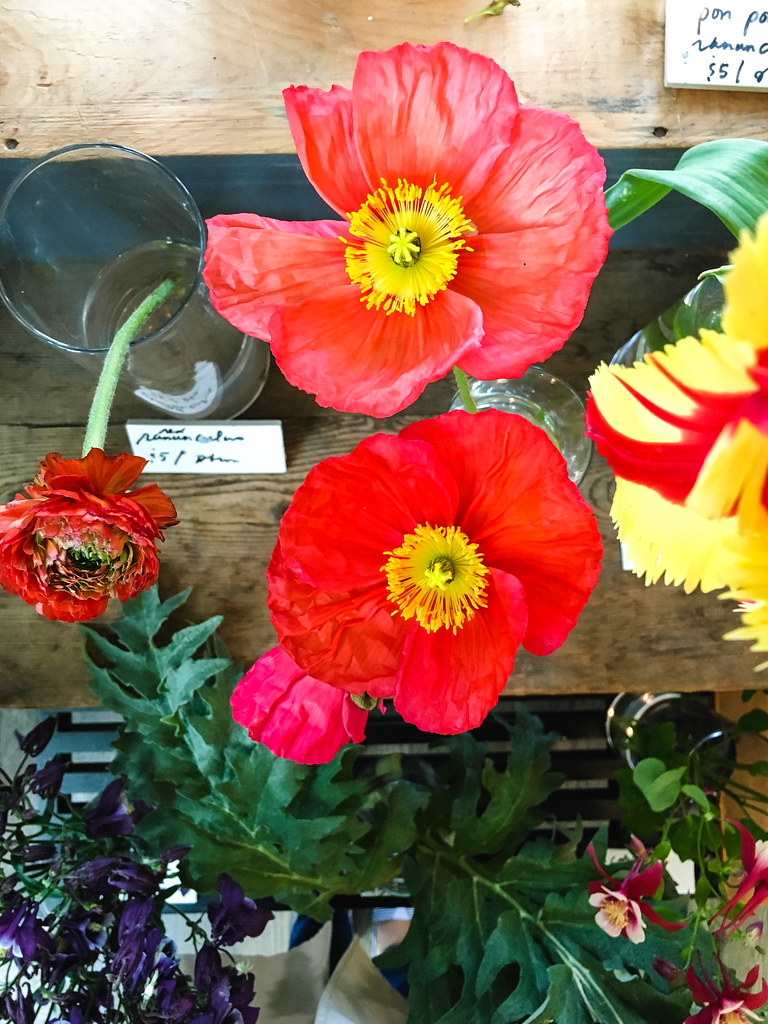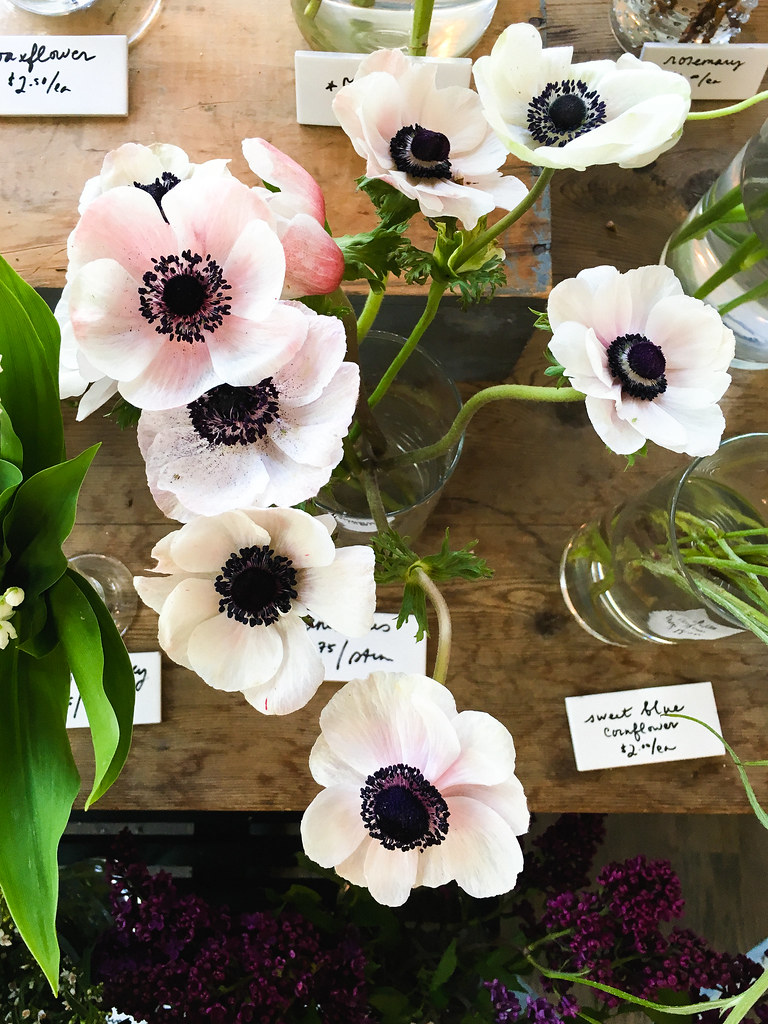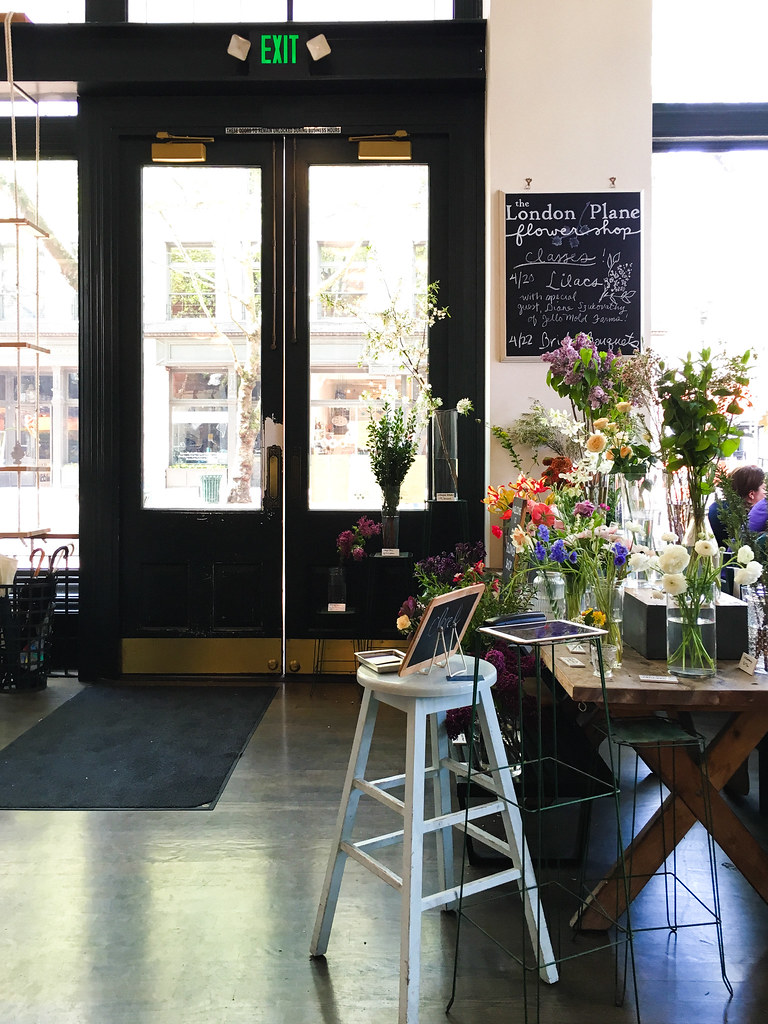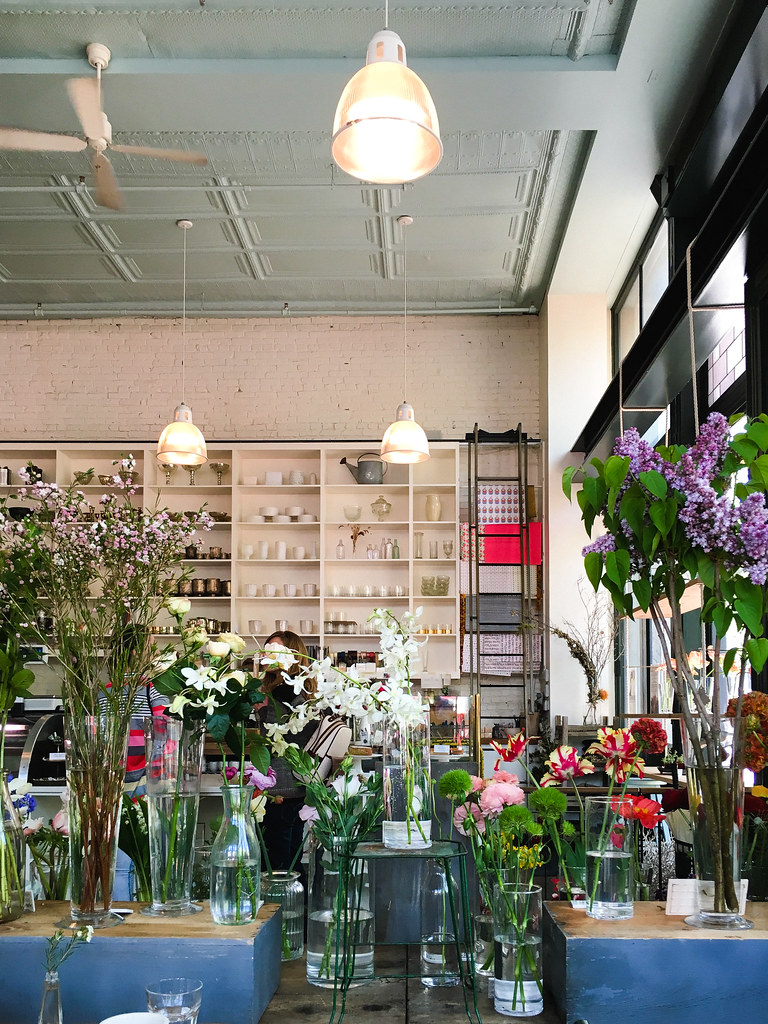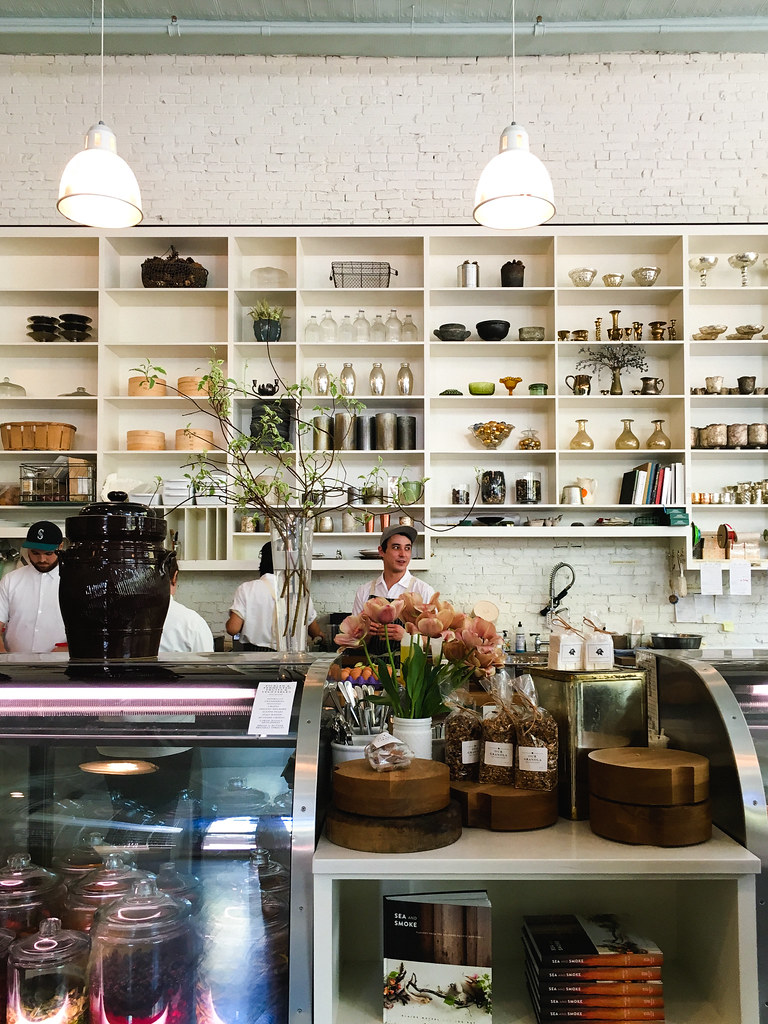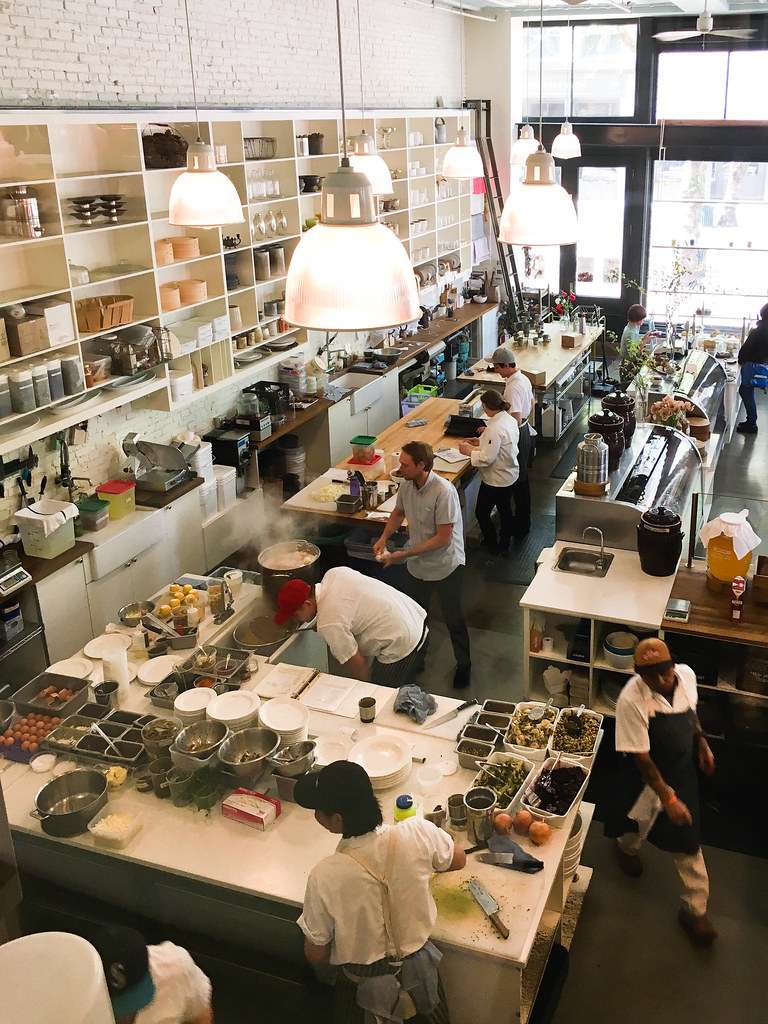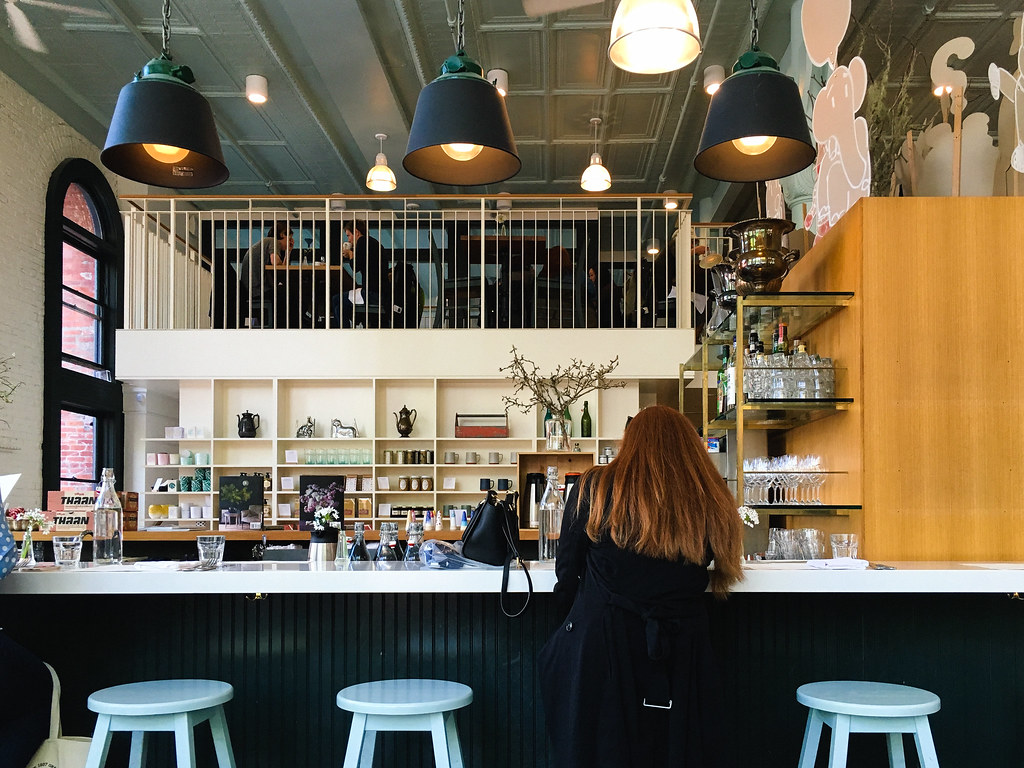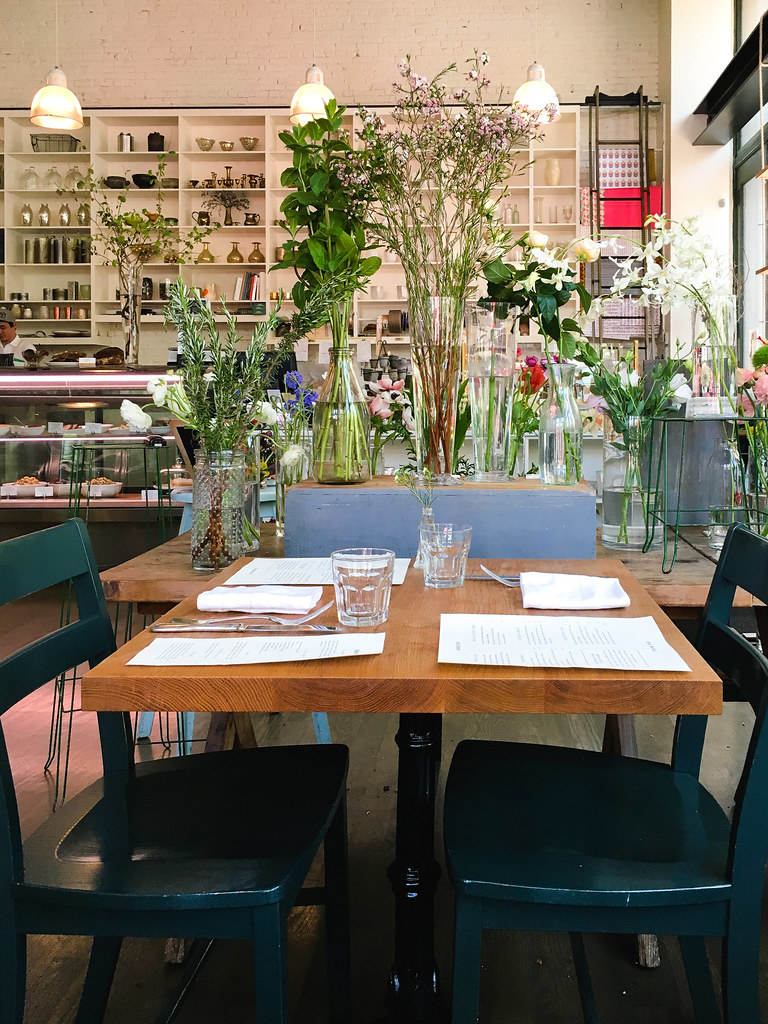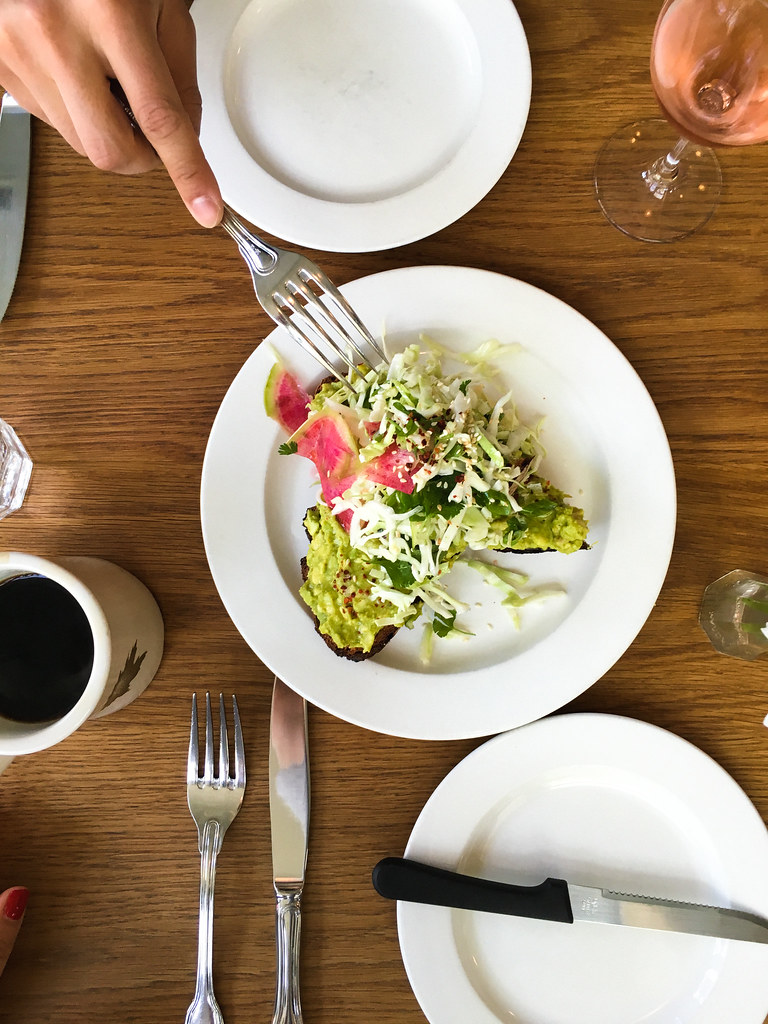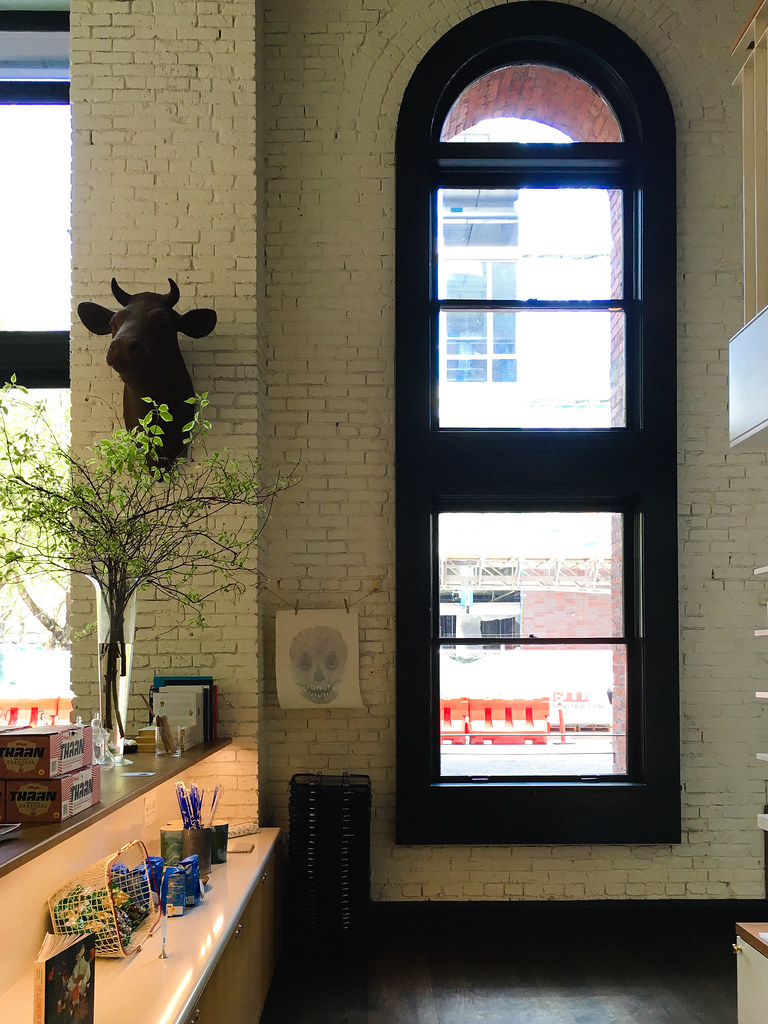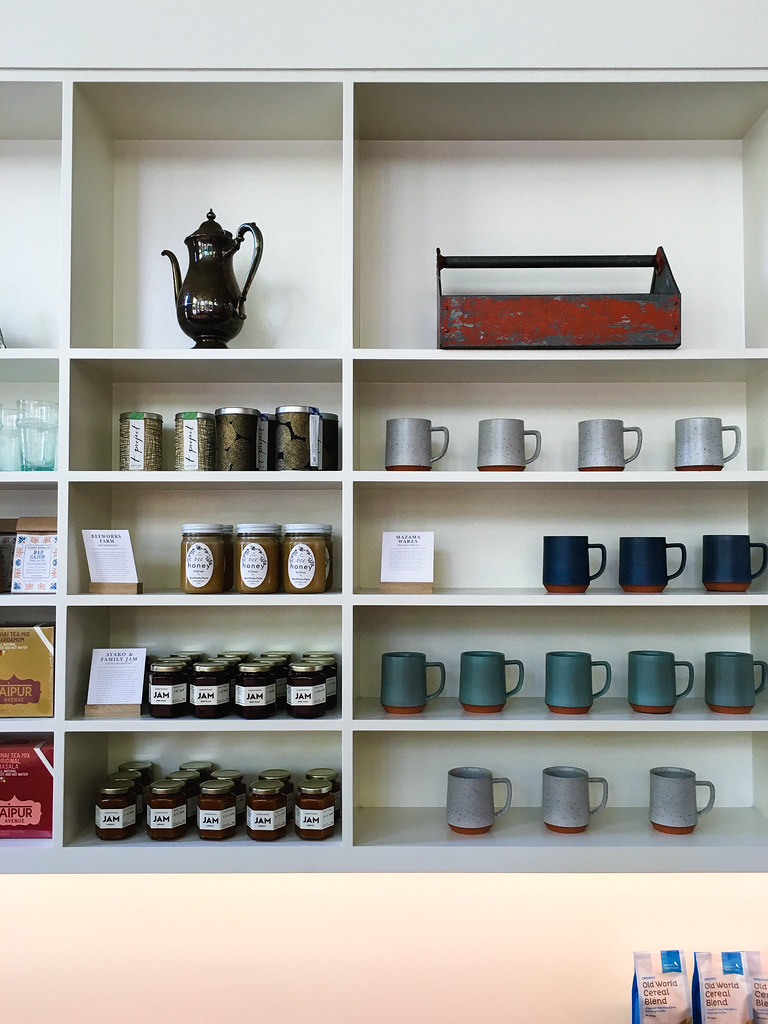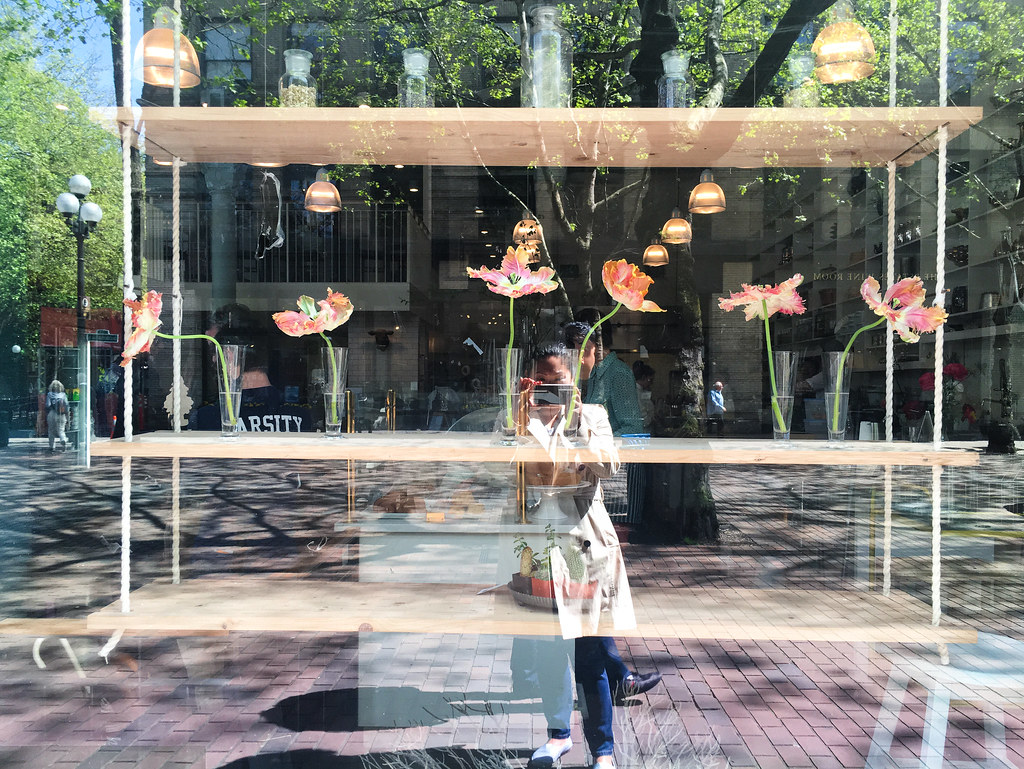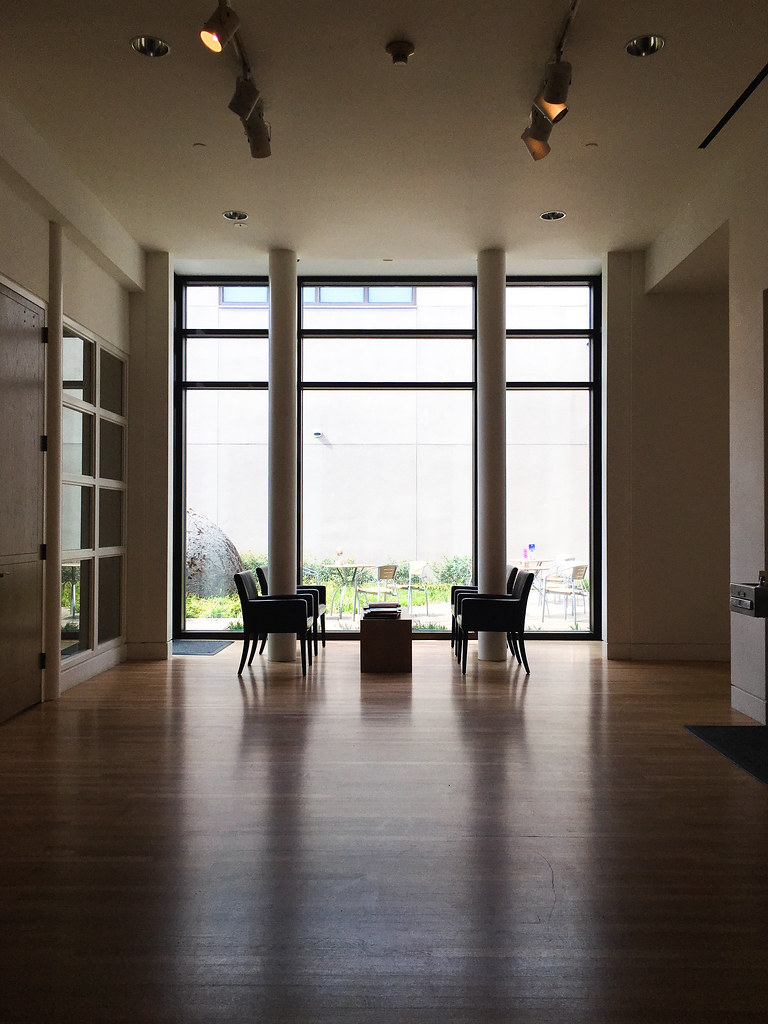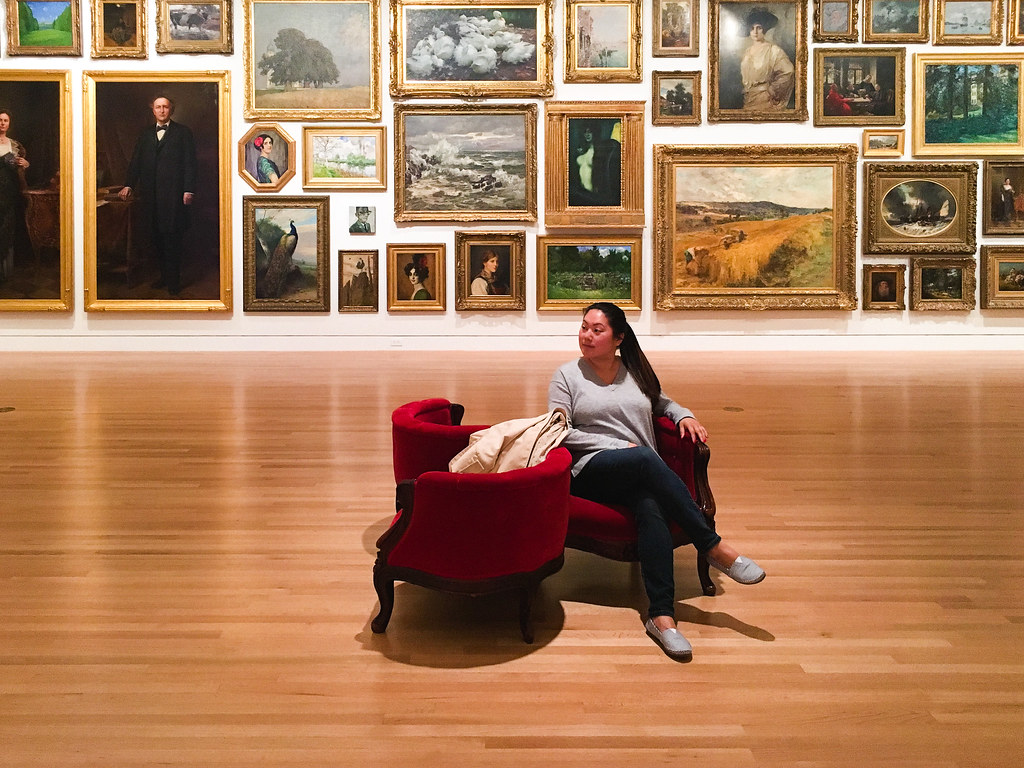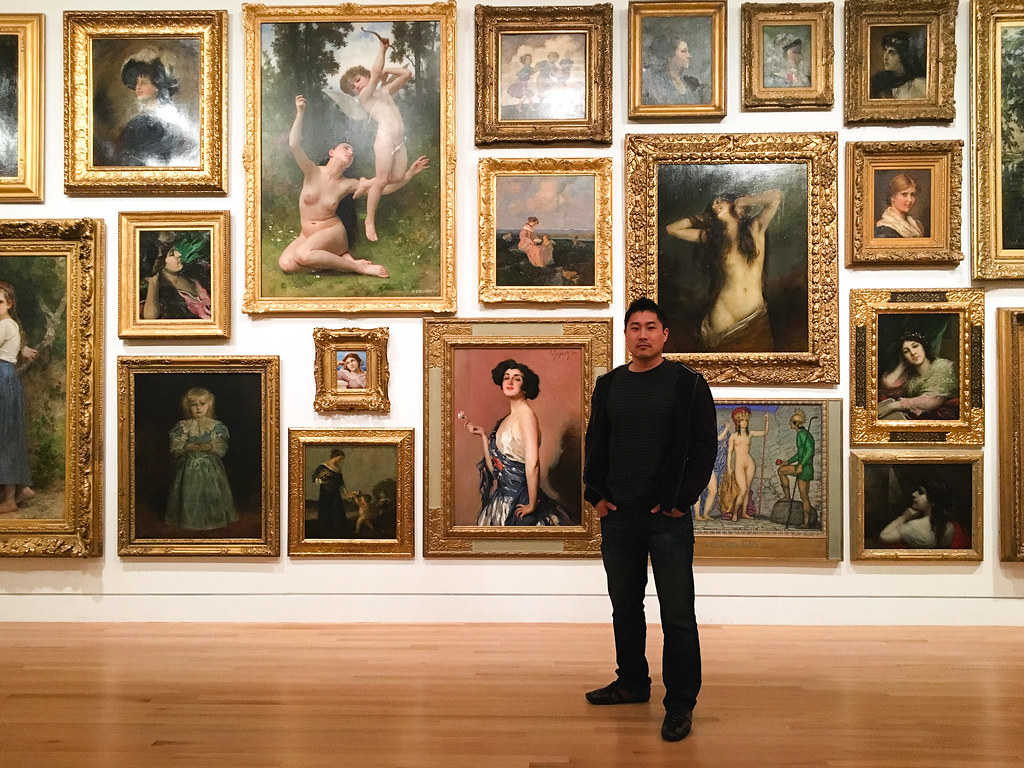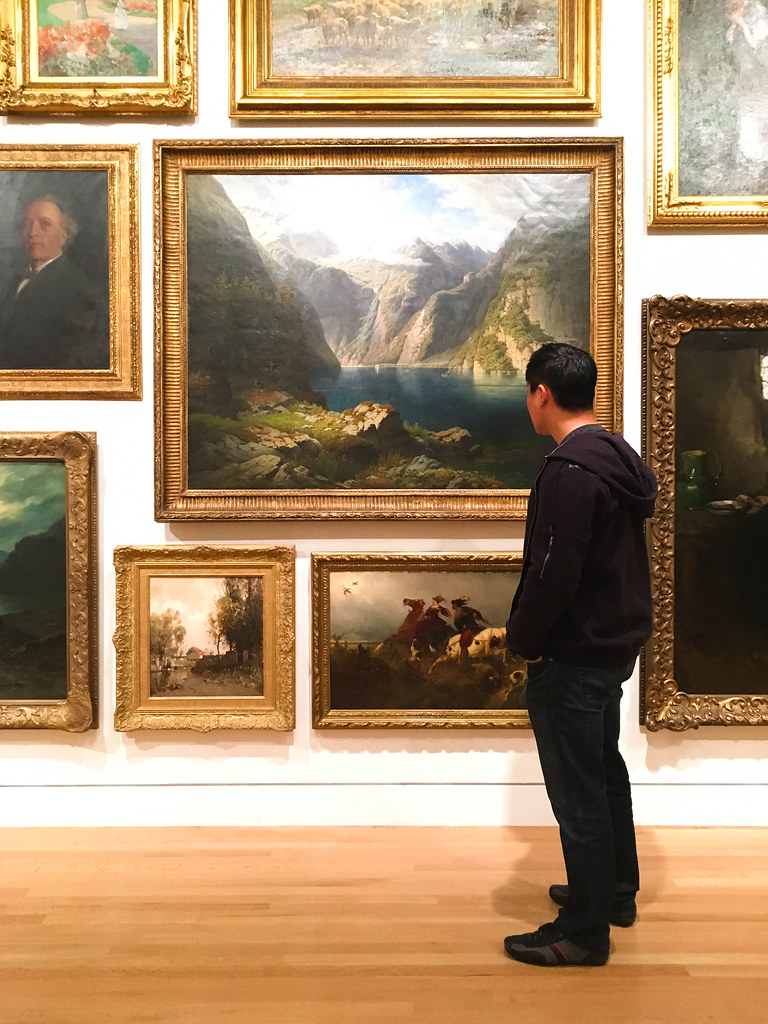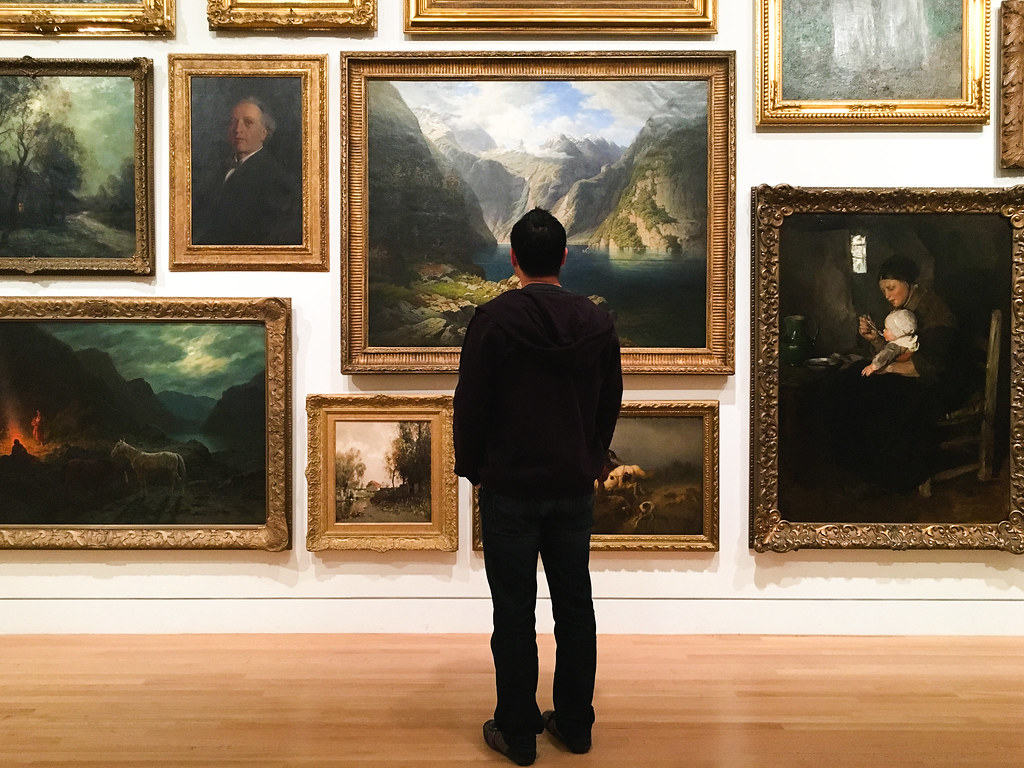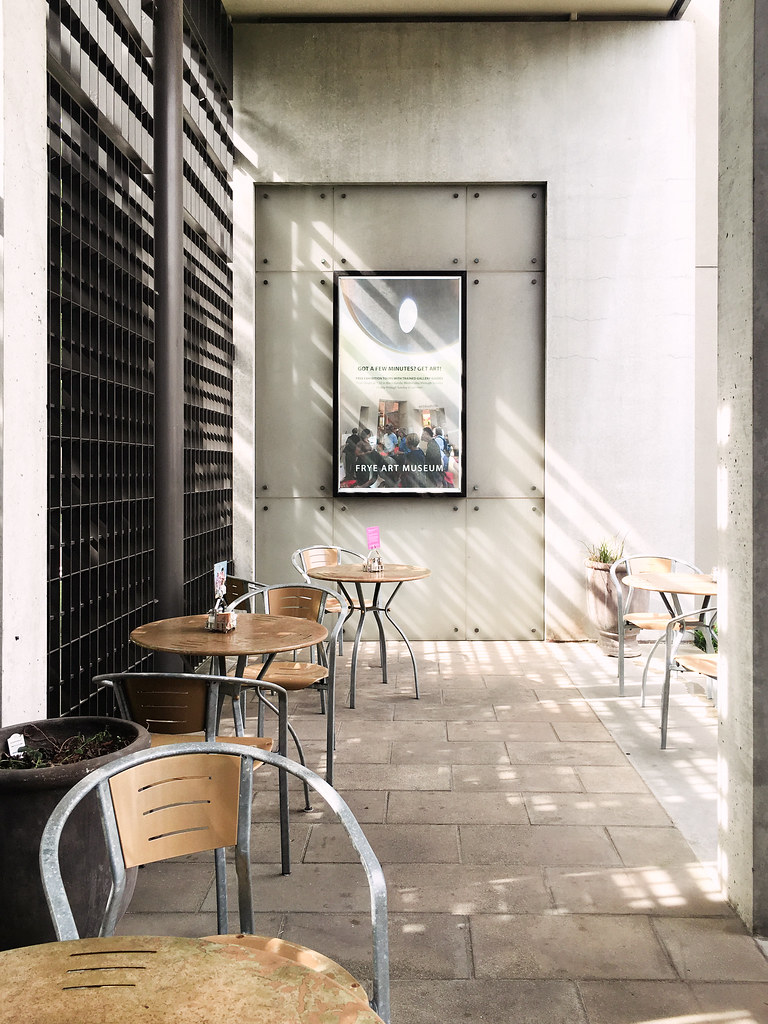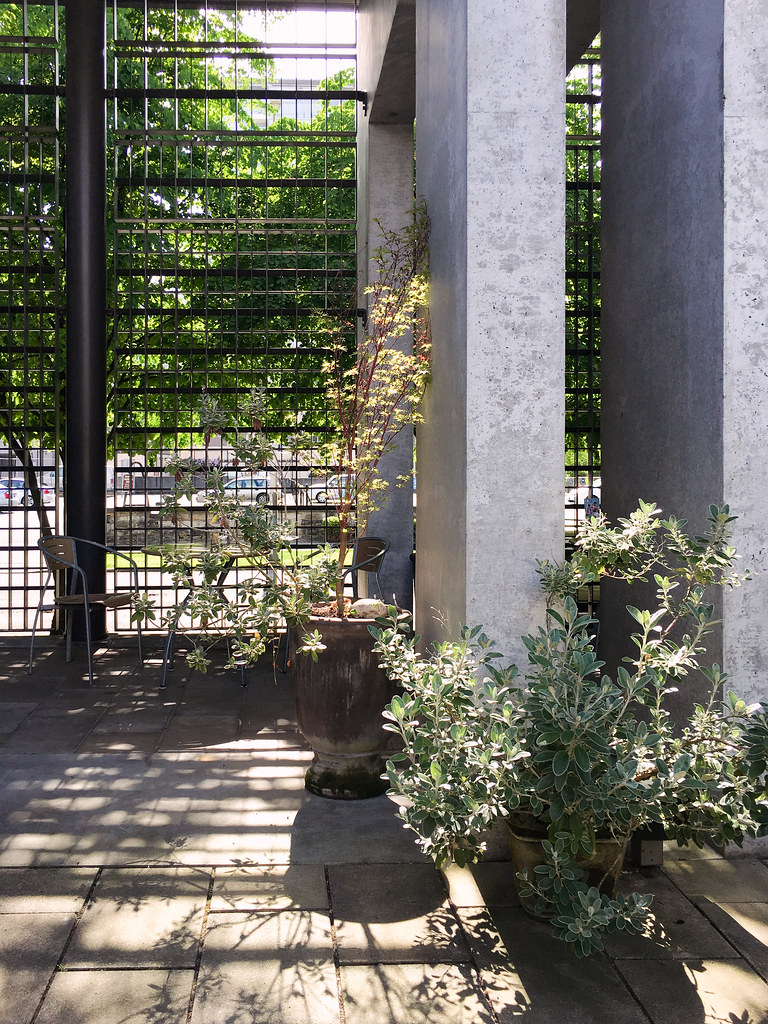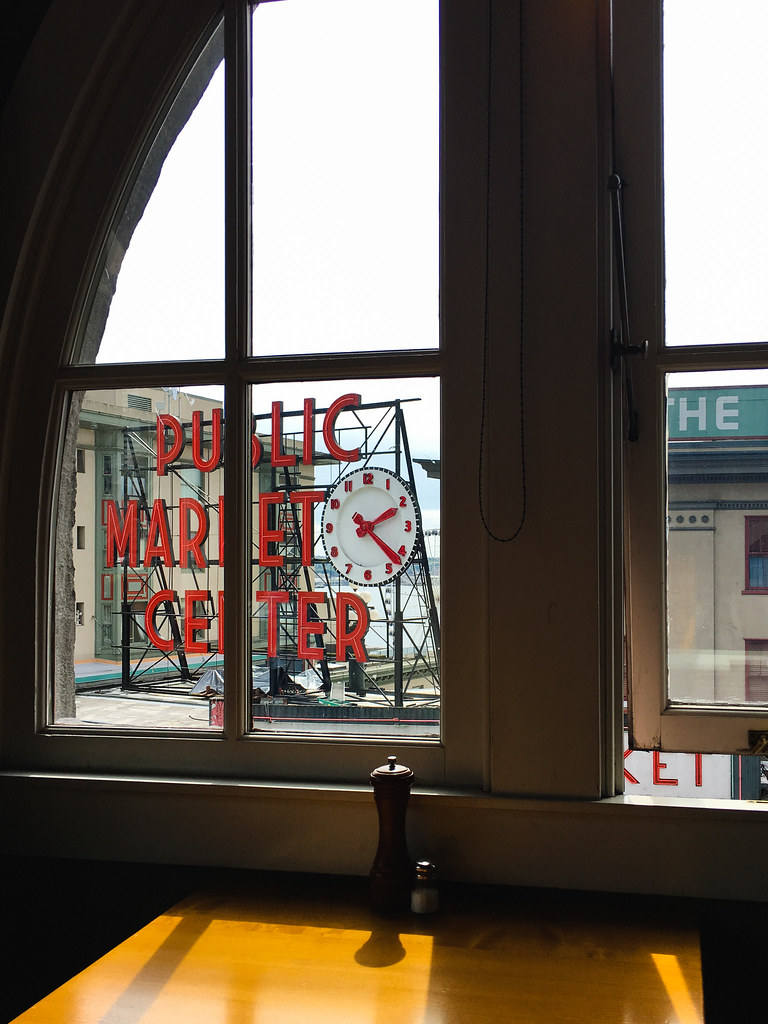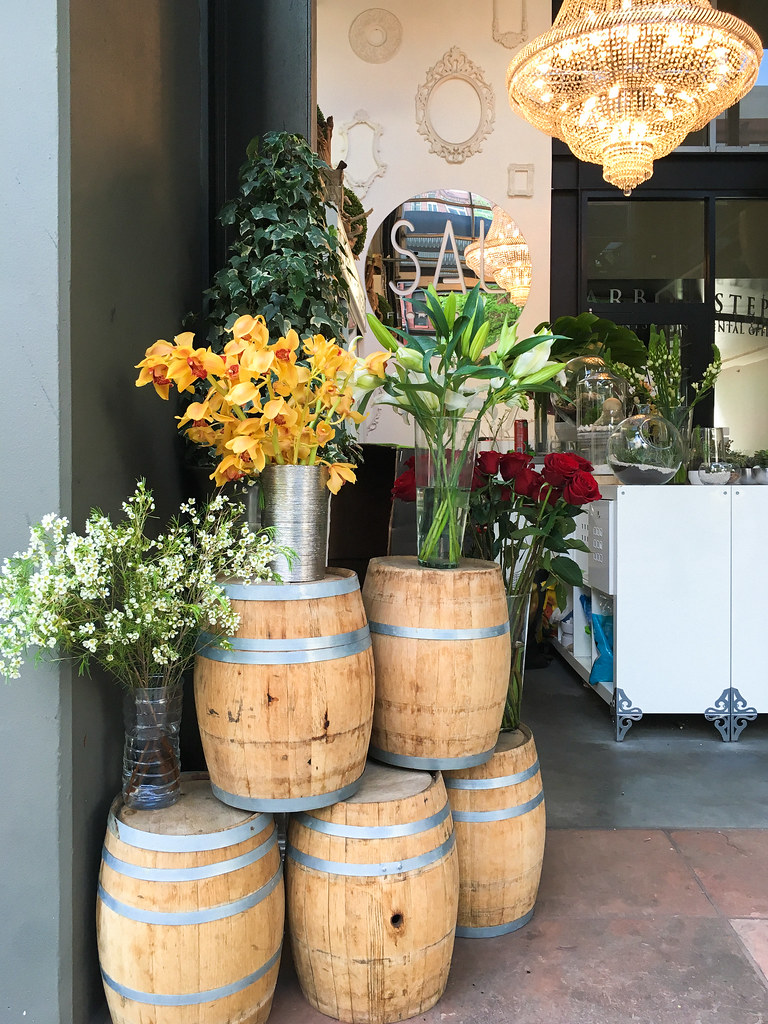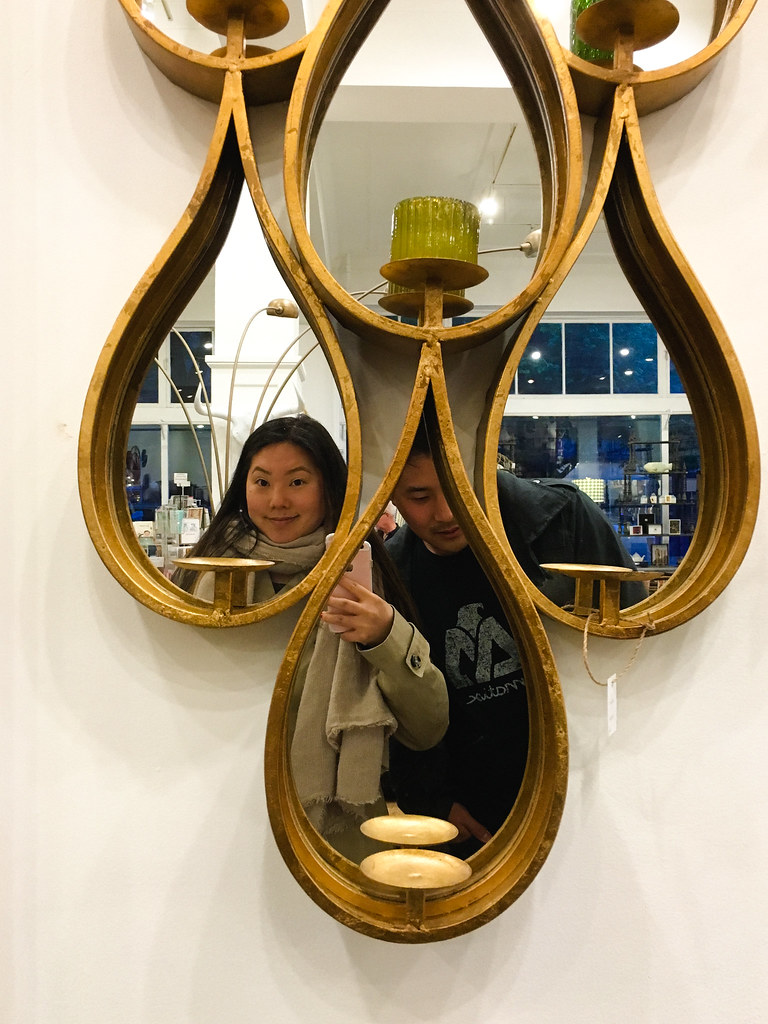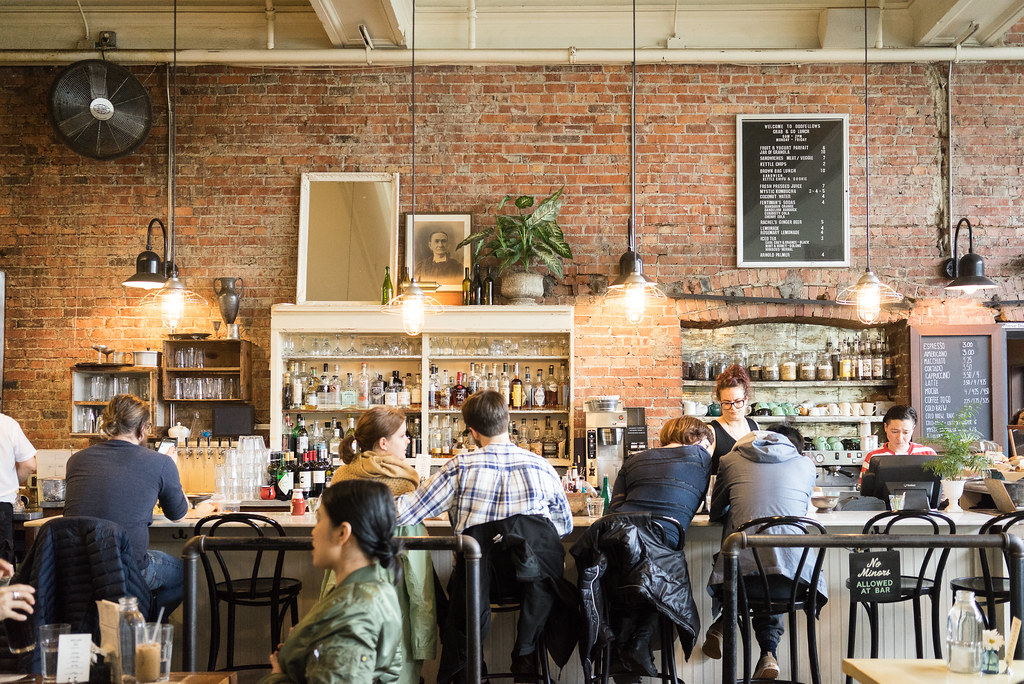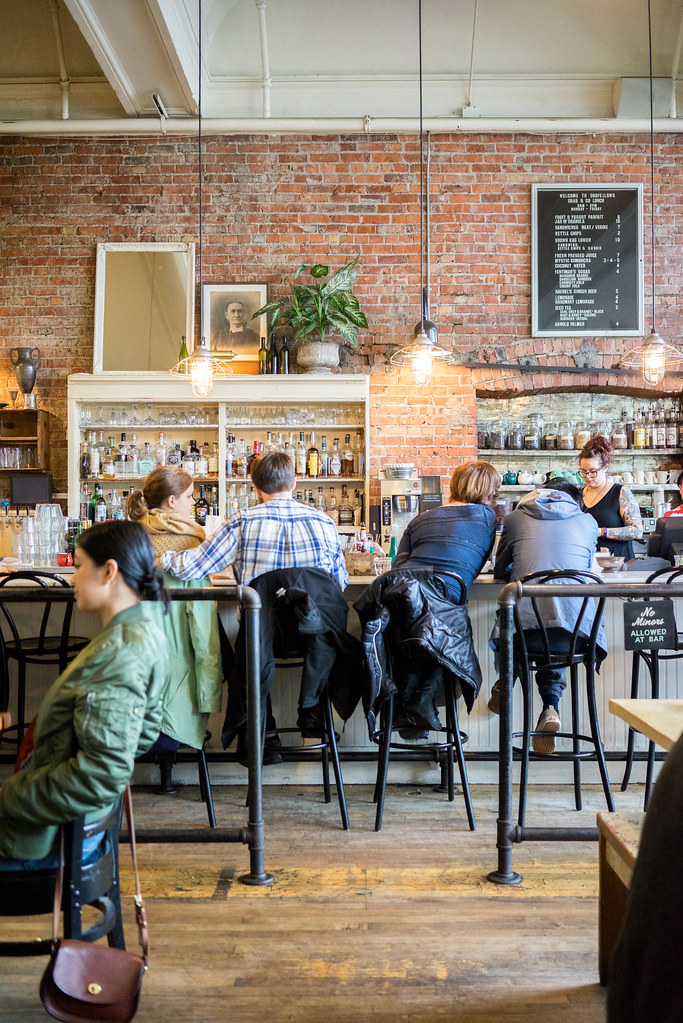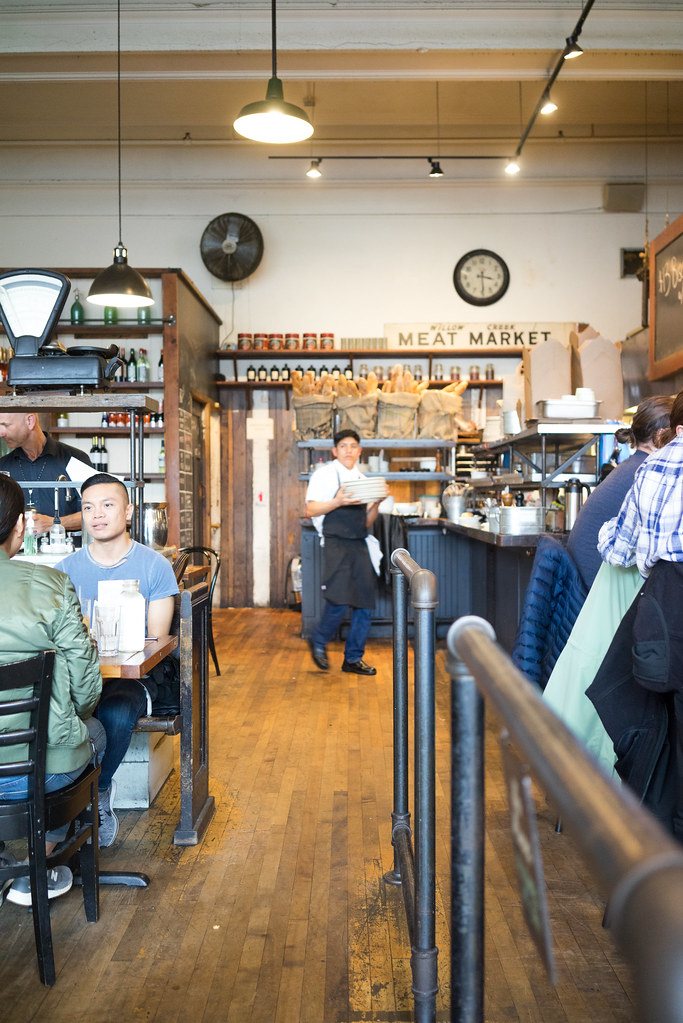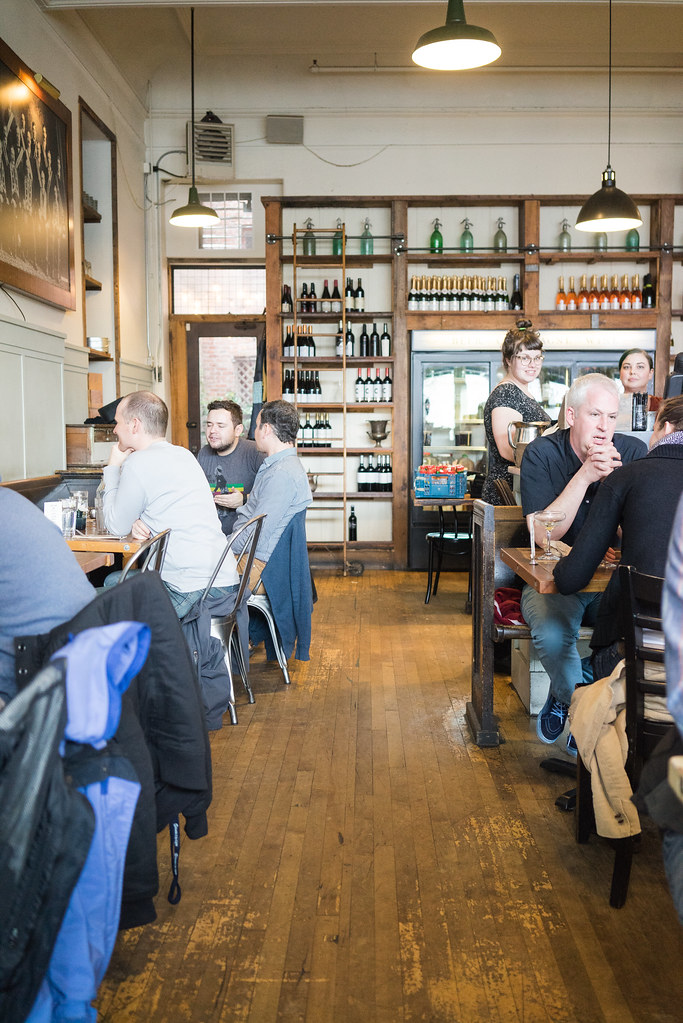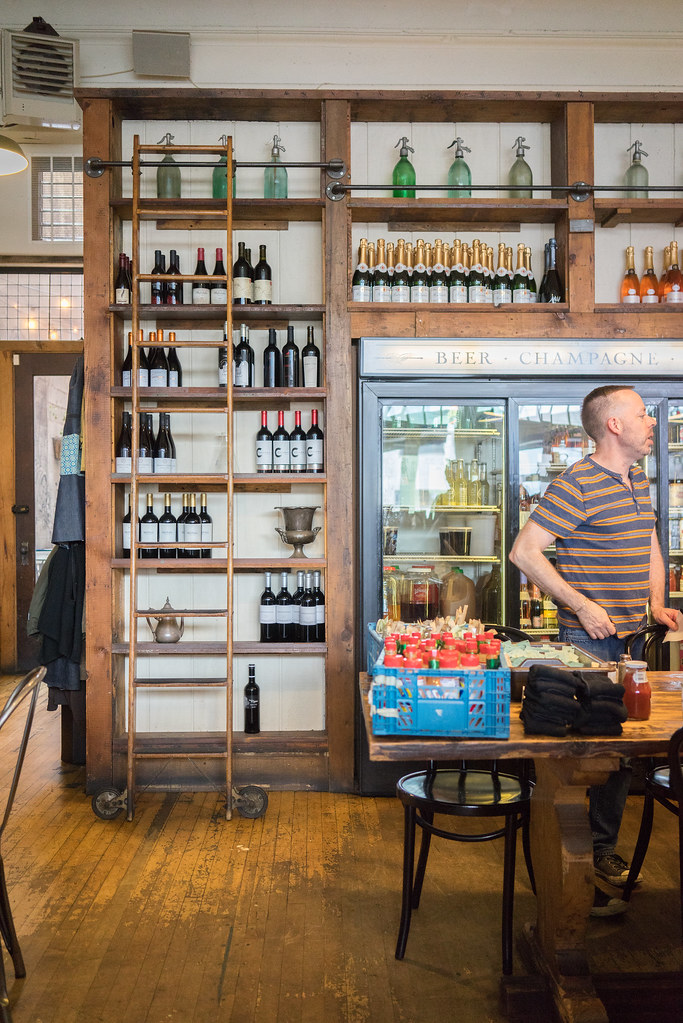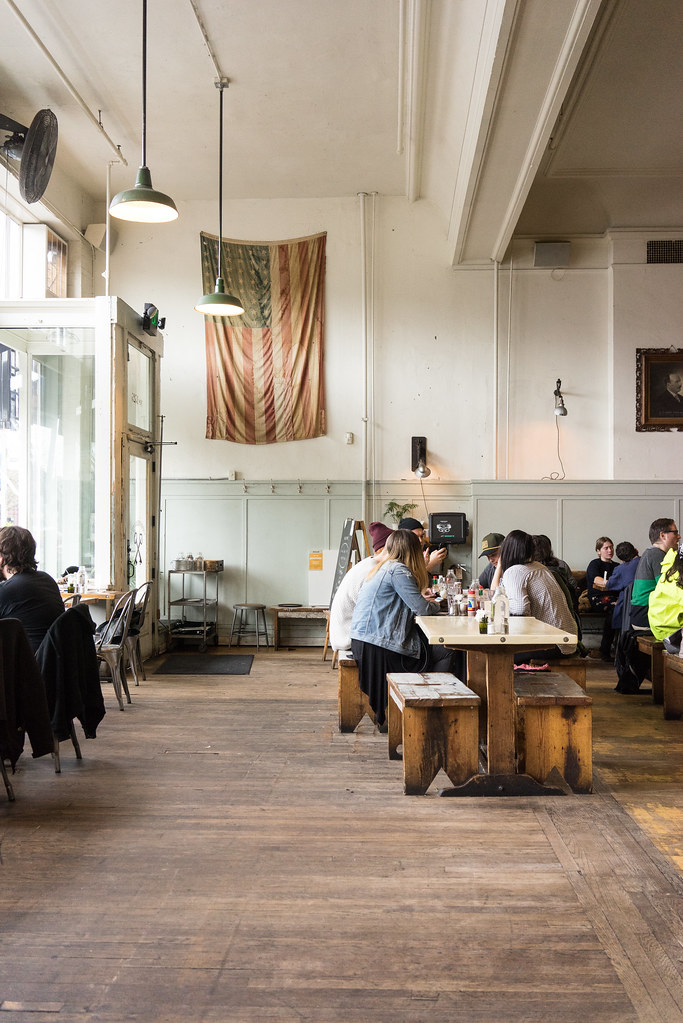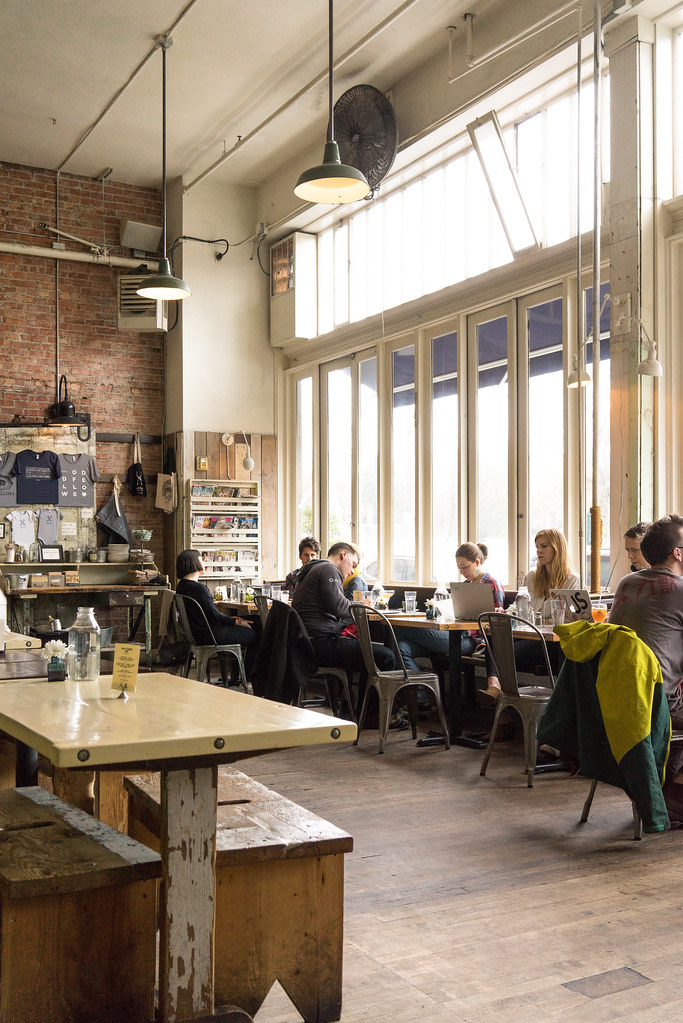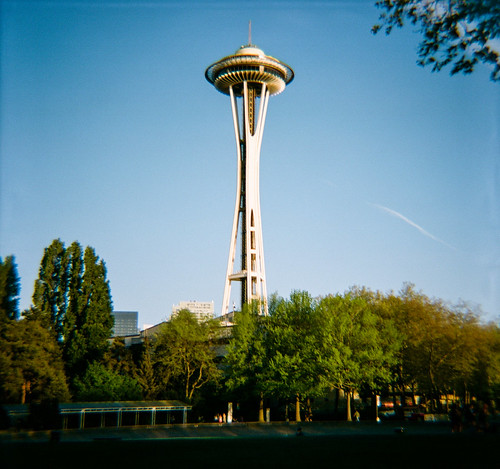
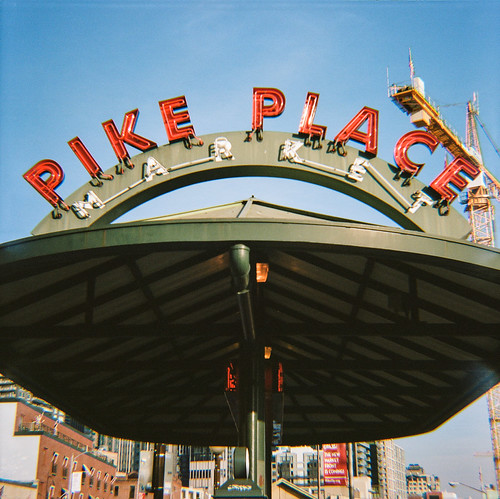
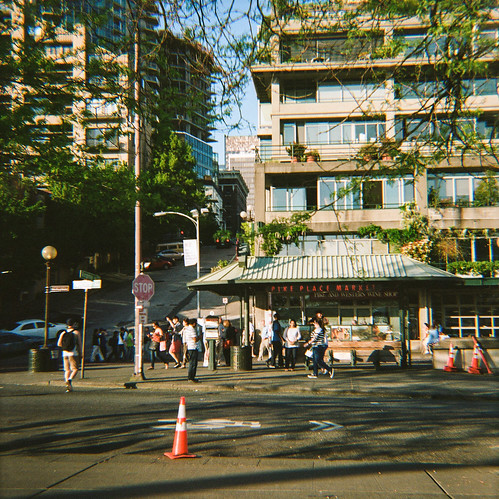
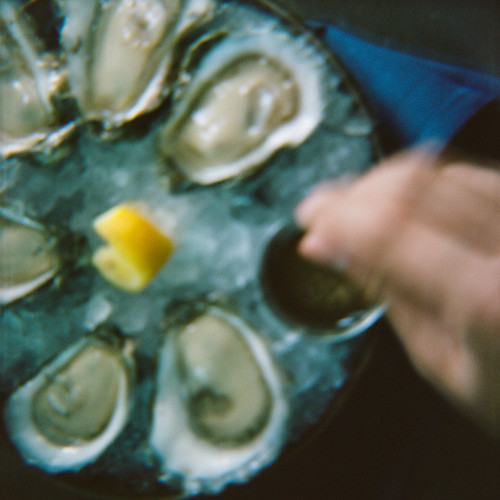
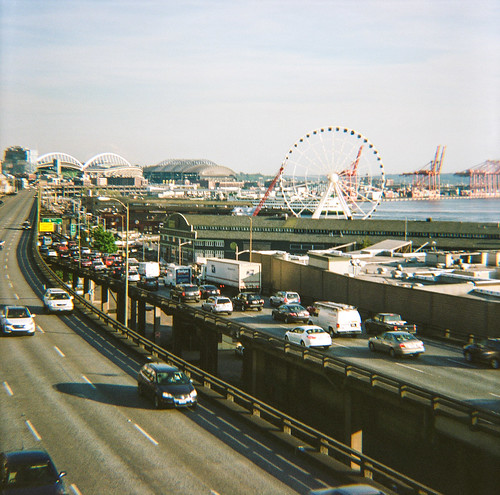
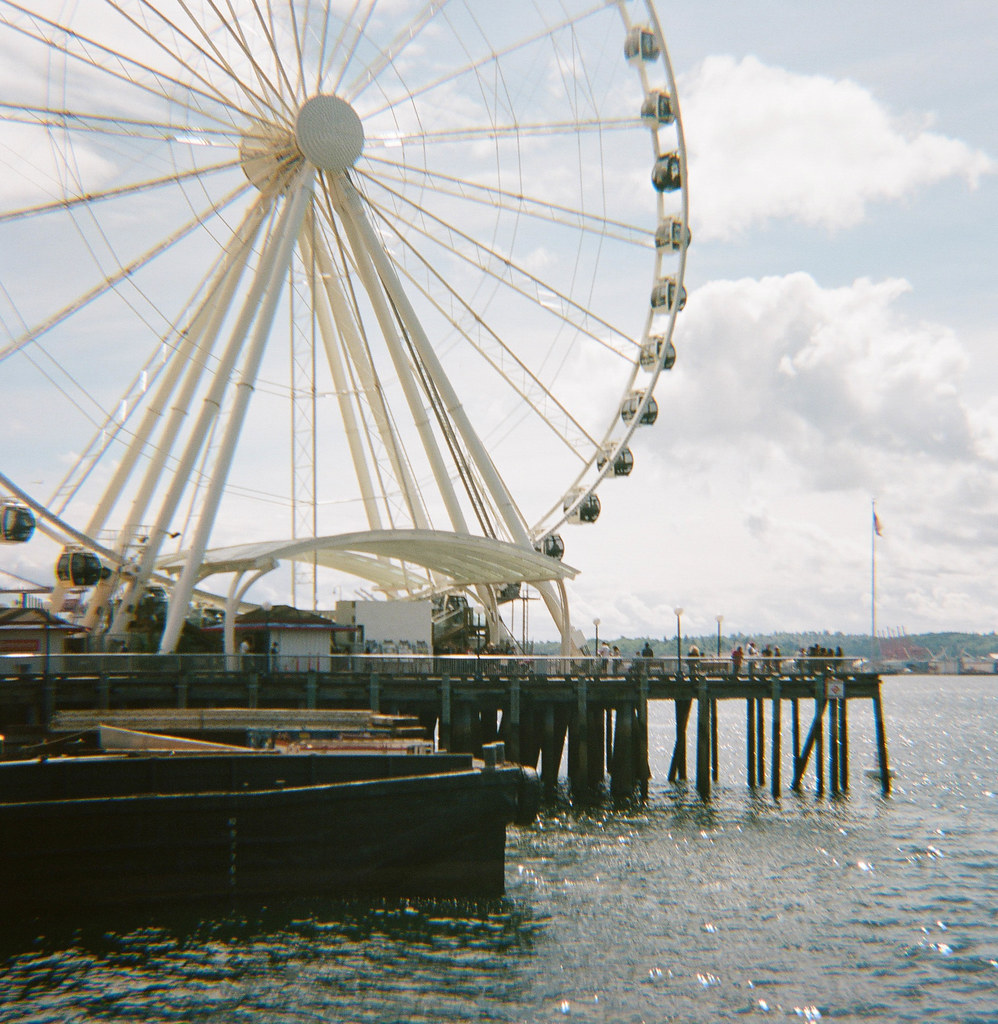
Notes on Double Exposure
I love shooting double exposure on the Diana after this beautiful mistake. You aren't quite sure what you'll get which builds much anticipation while waiting to get your scans back from the lab.
A double exposure is exactly what it sounds like: exposing the same frame with two different images. The first image I consider the base or foundation, is shot on a setting lower than I would normally shoot (under-expose) to capture the shadows. I will make a mental note of the shadows for the next image and this is important because the shadows or darker areas of the first photo will allow details on the second image to come through; I will usually over-expose the second image.
My favorite photo is the following double exposure of me and the Seattle Great Wheel. My beau took the first photo me against a red brick wall and when we reached Victor Steinbrueck Park, I took the second photo of the Seattle Great Wheel over his image. When I showed him this photo, he said, 'this is a great representation of a girl in the city', (among other inappropriate observations I will not mention on here).
A double exposure is exactly what it sounds like: exposing the same frame with two different images. The first image I consider the base or foundation, is shot on a setting lower than I would normally shoot (under-expose) to capture the shadows. I will make a mental note of the shadows for the next image and this is important because the shadows or darker areas of the first photo will allow details on the second image to come through; I will usually over-expose the second image.
My favorite photo is the following double exposure of me and the Seattle Great Wheel. My beau took the first photo me against a red brick wall and when we reached Victor Steinbrueck Park, I took the second photo of the Seattle Great Wheel over his image. When I showed him this photo, he said, 'this is a great representation of a girl in the city', (among other inappropriate observations I will not mention on here).
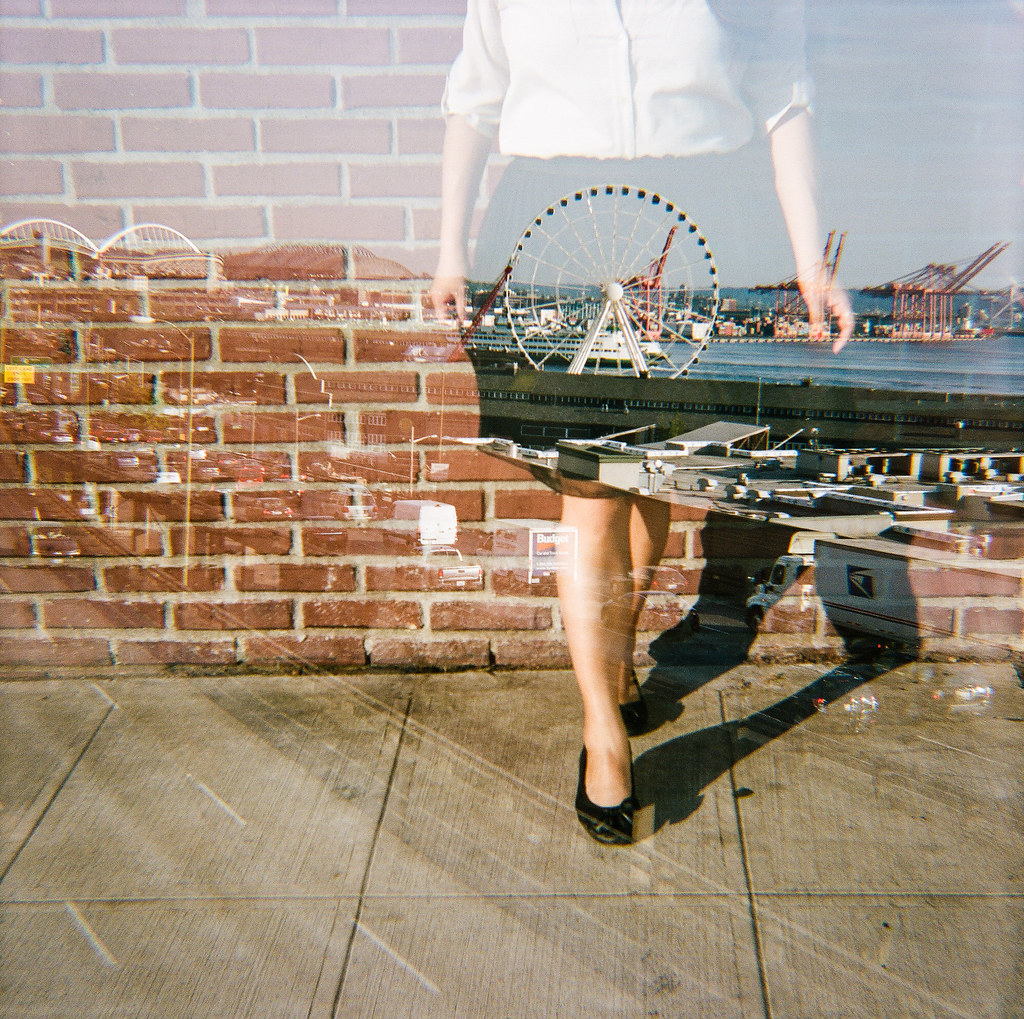
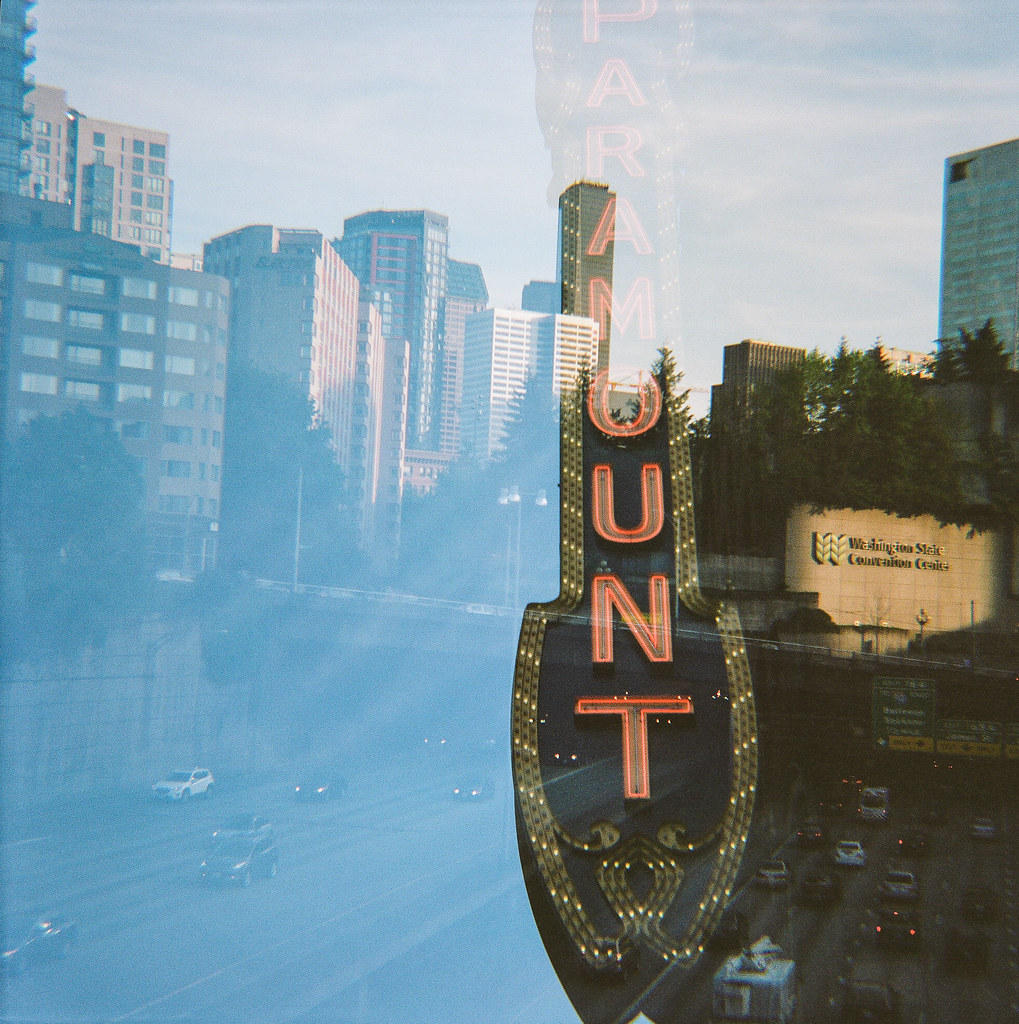
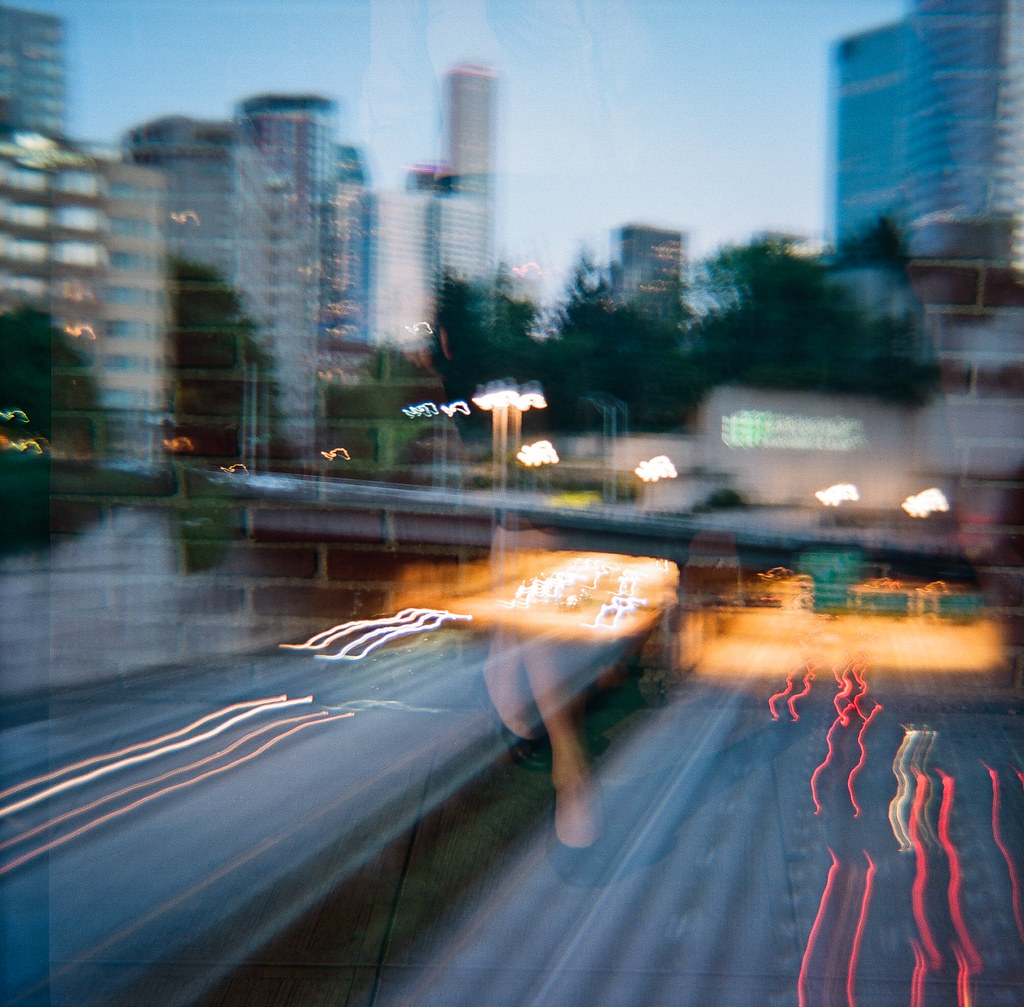
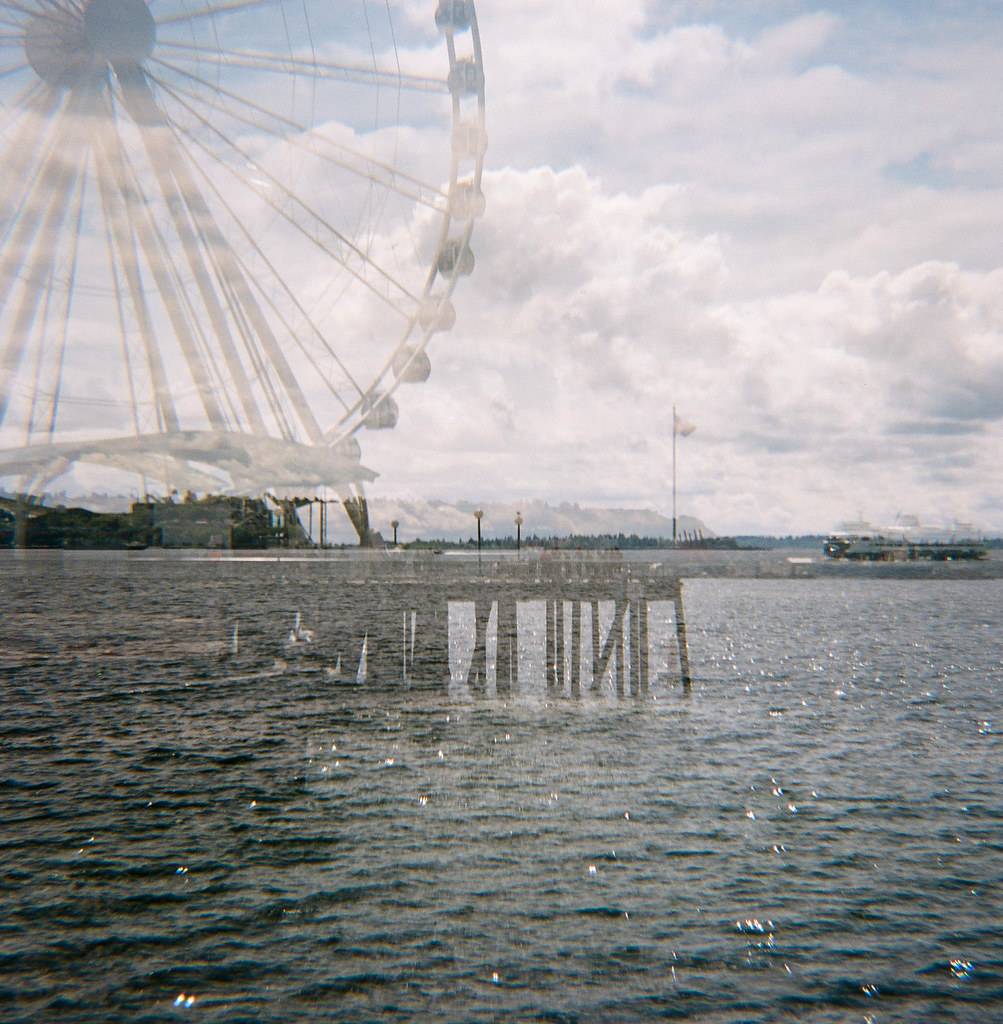
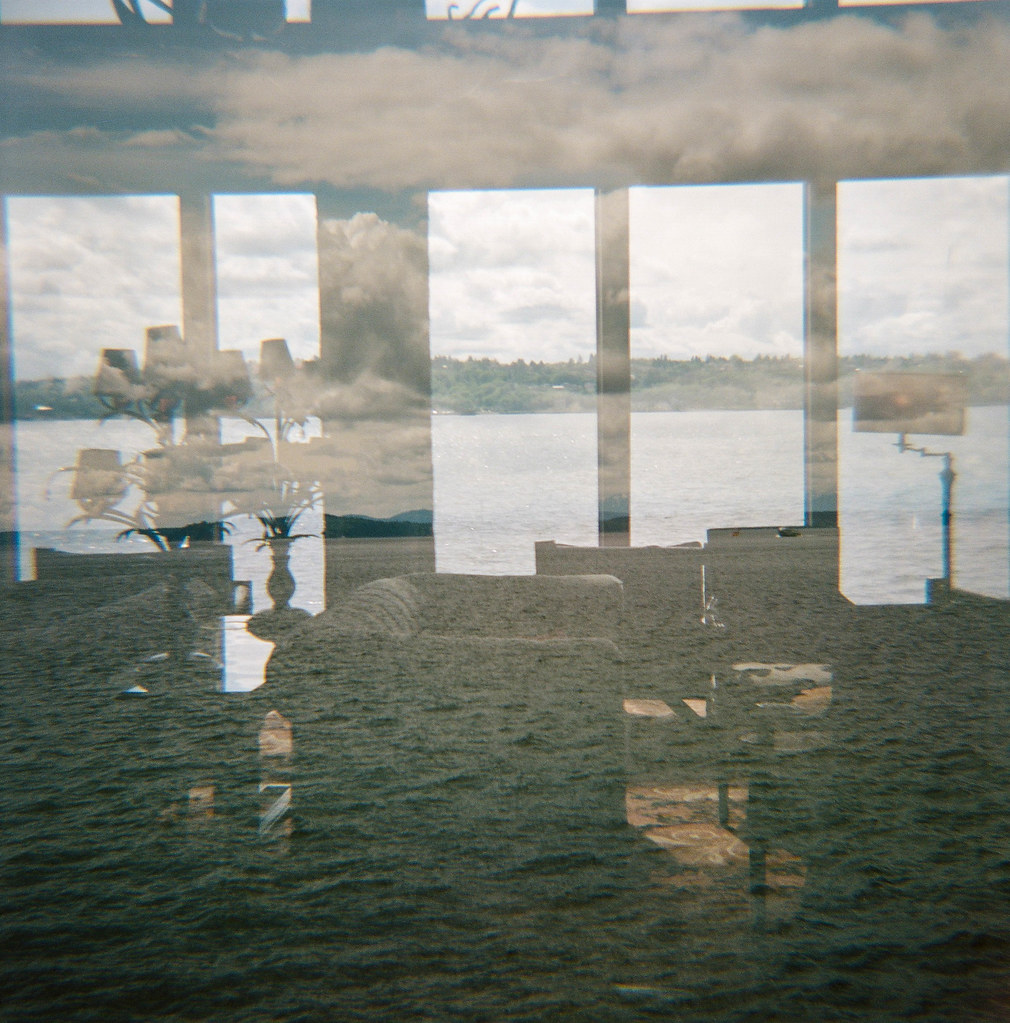
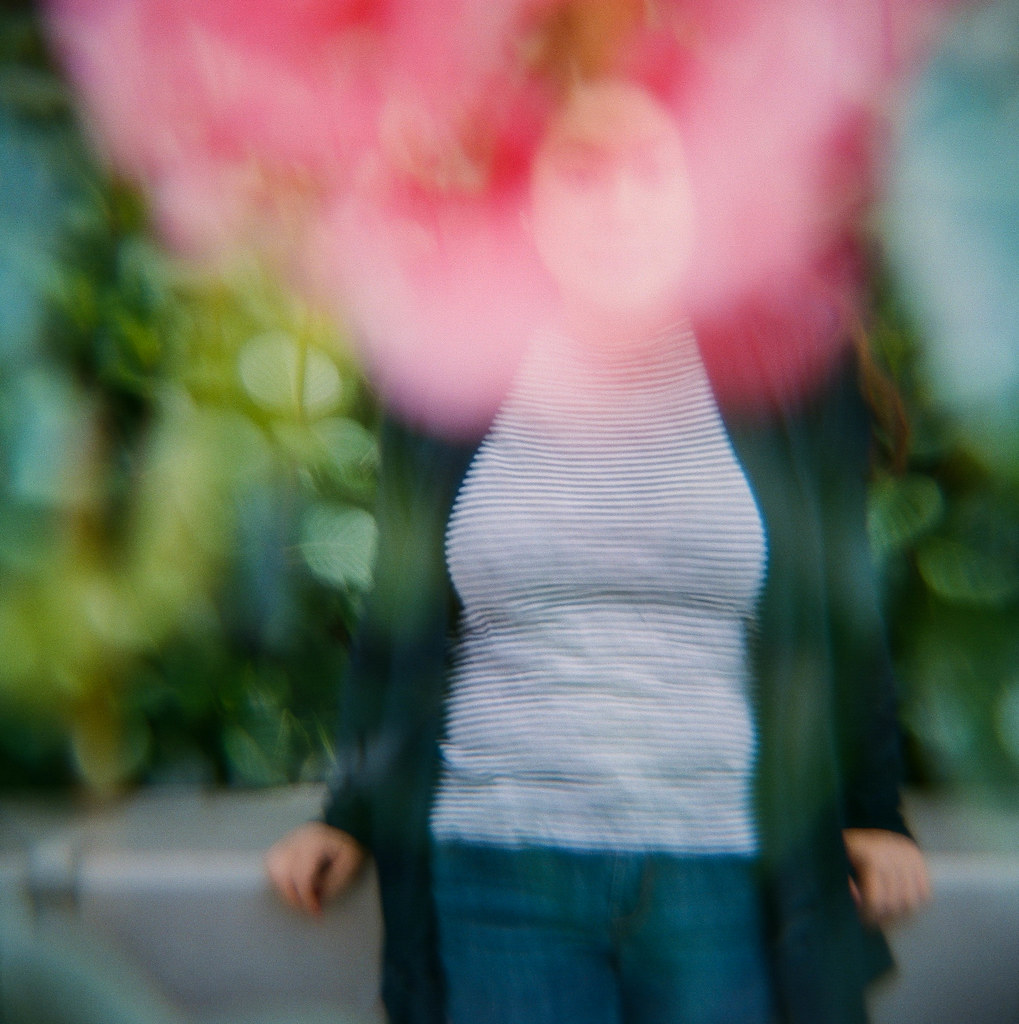
Notes on *Camera Setting
The Shutter Speed Switch located on the top of the Lens has two settings: "N" and "B". Use N mode when you are shooting in sunny conditions or switch the B mode when you are shooting indoors or in low light.
On the bottom of the Lens is the Aperture Setting. This controls how wide the shutter opens. There are four settings available. Three of them match the outdoor weather conditions: sun, partial clouds and full clouds. The fourth one, "P," is for pinhole shots.
My hands are not steady enough to shoot on bulb mode. Most of the photos I shot on bulb turned out blurry - not in the cool retro sort of way either - more as in, did a two year old get a hold of my camera? way. I think I will keep my shutter speed on Normal from now on.
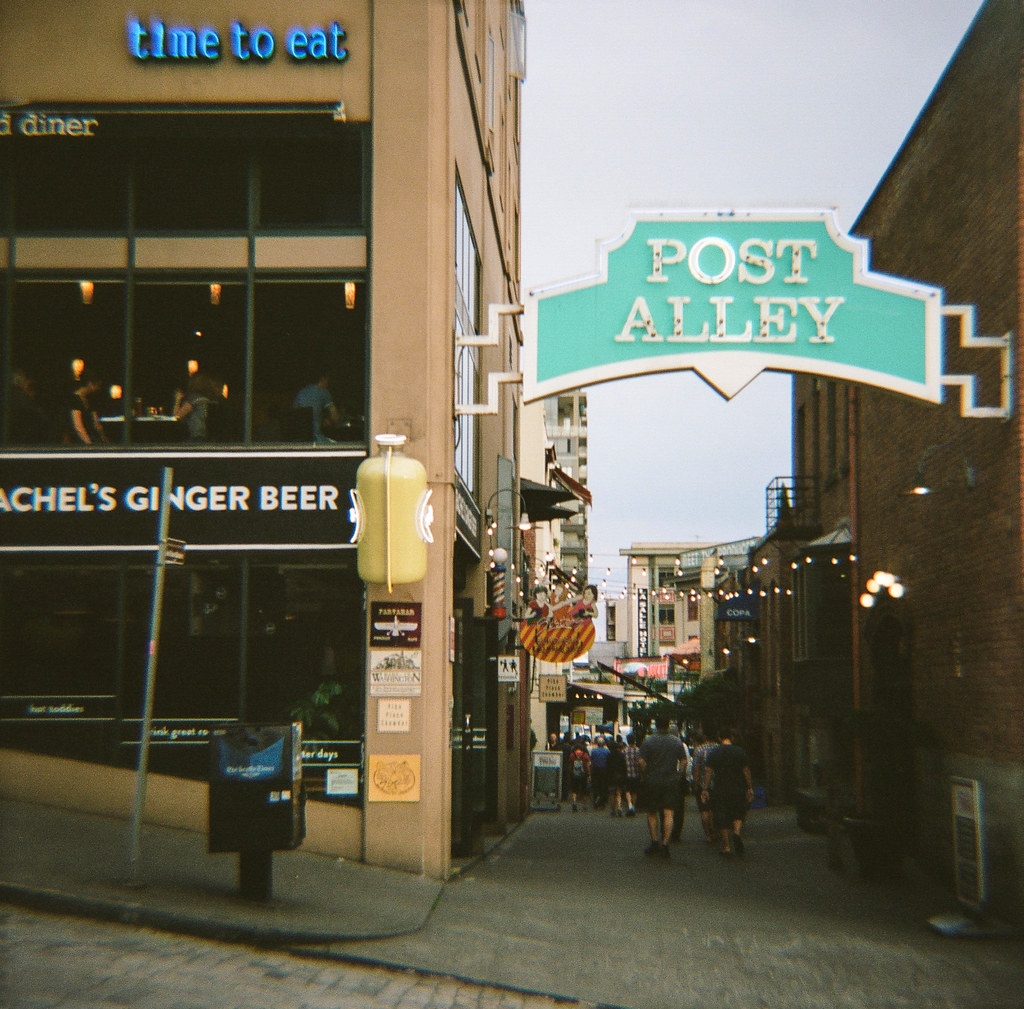
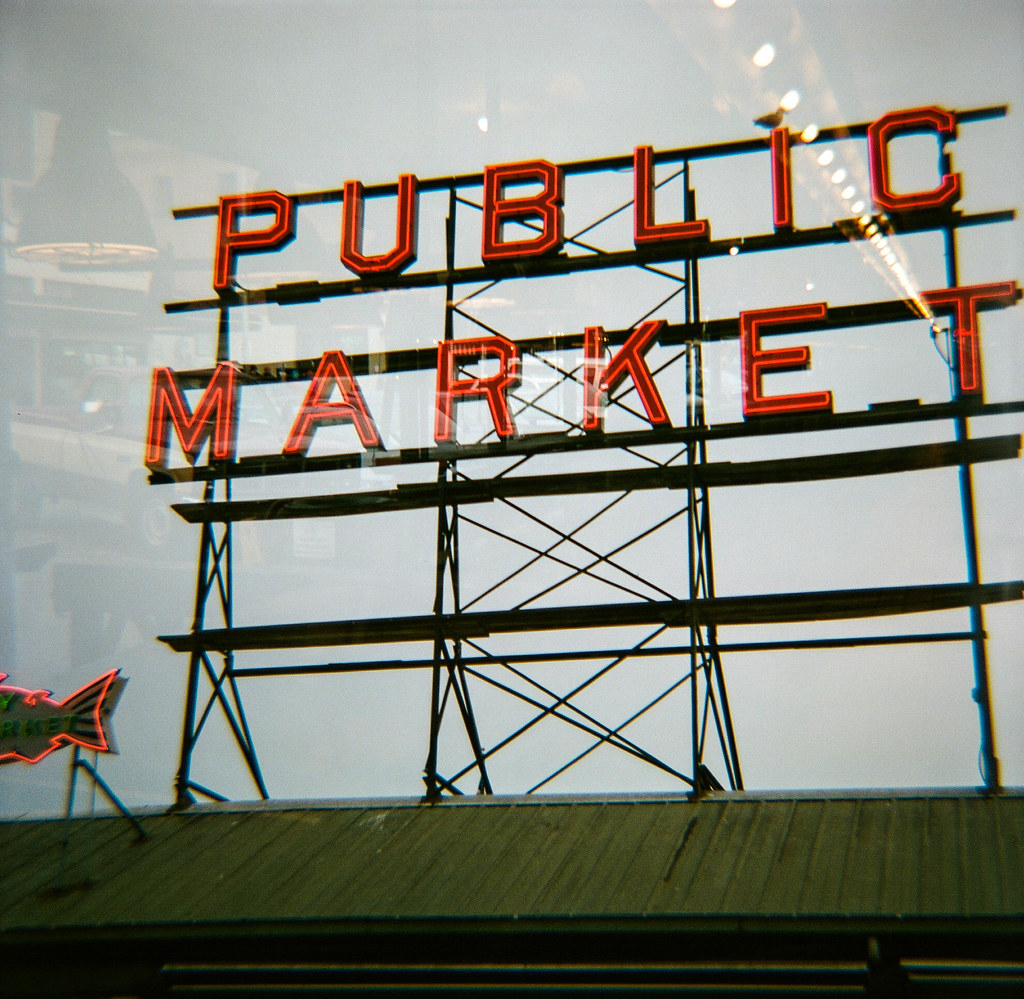
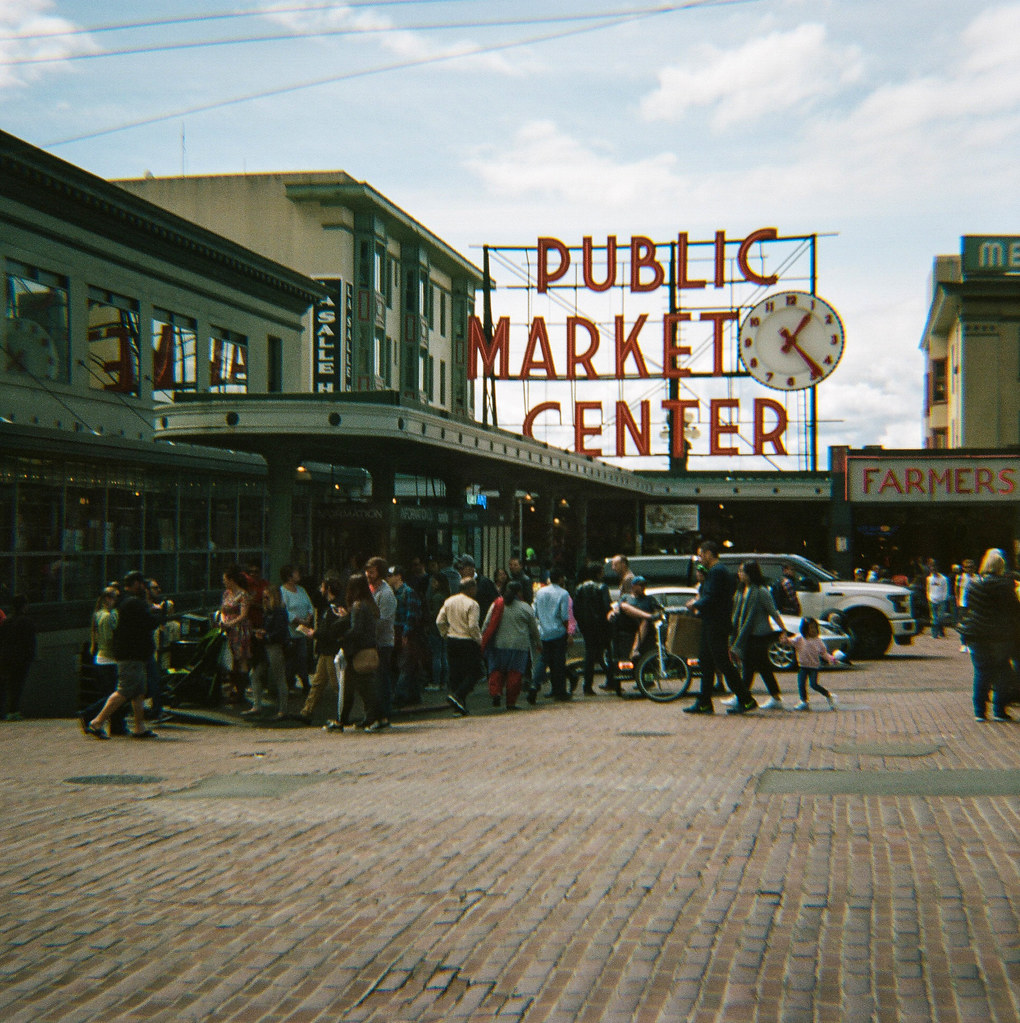
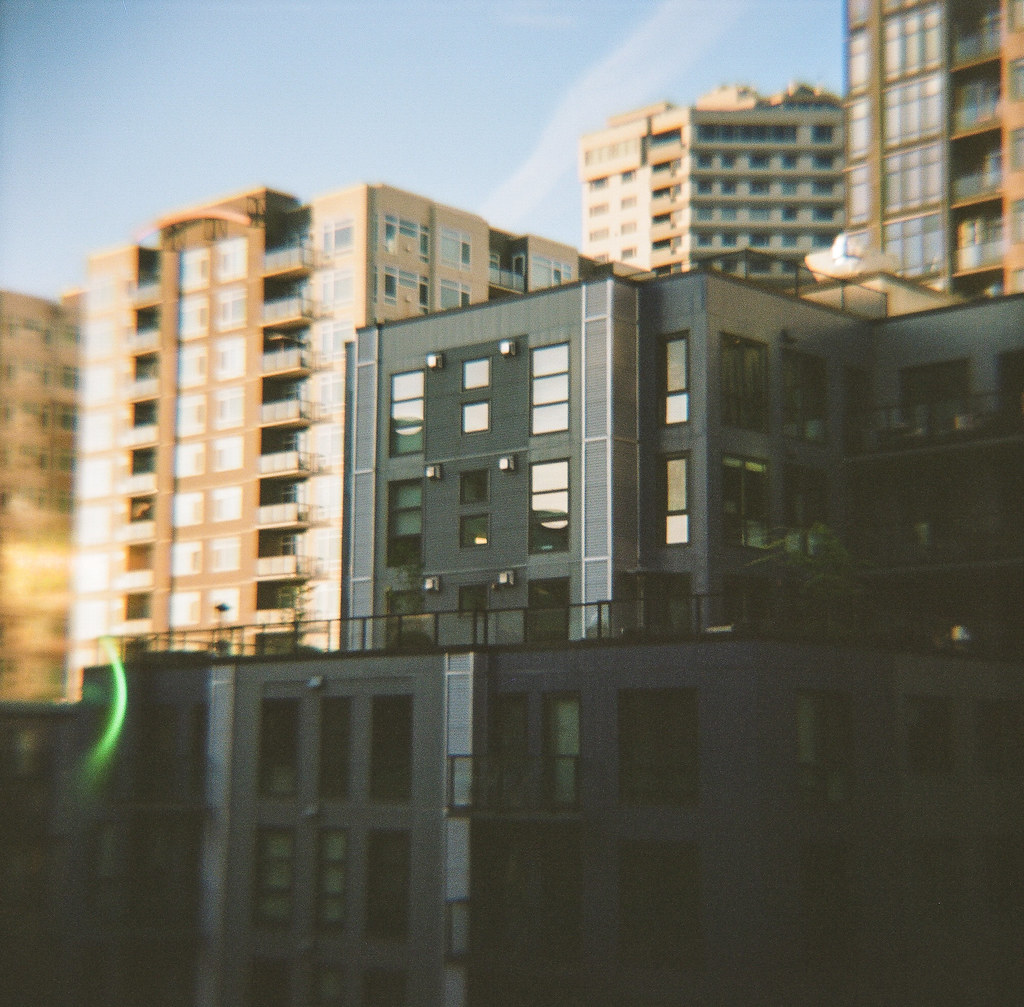
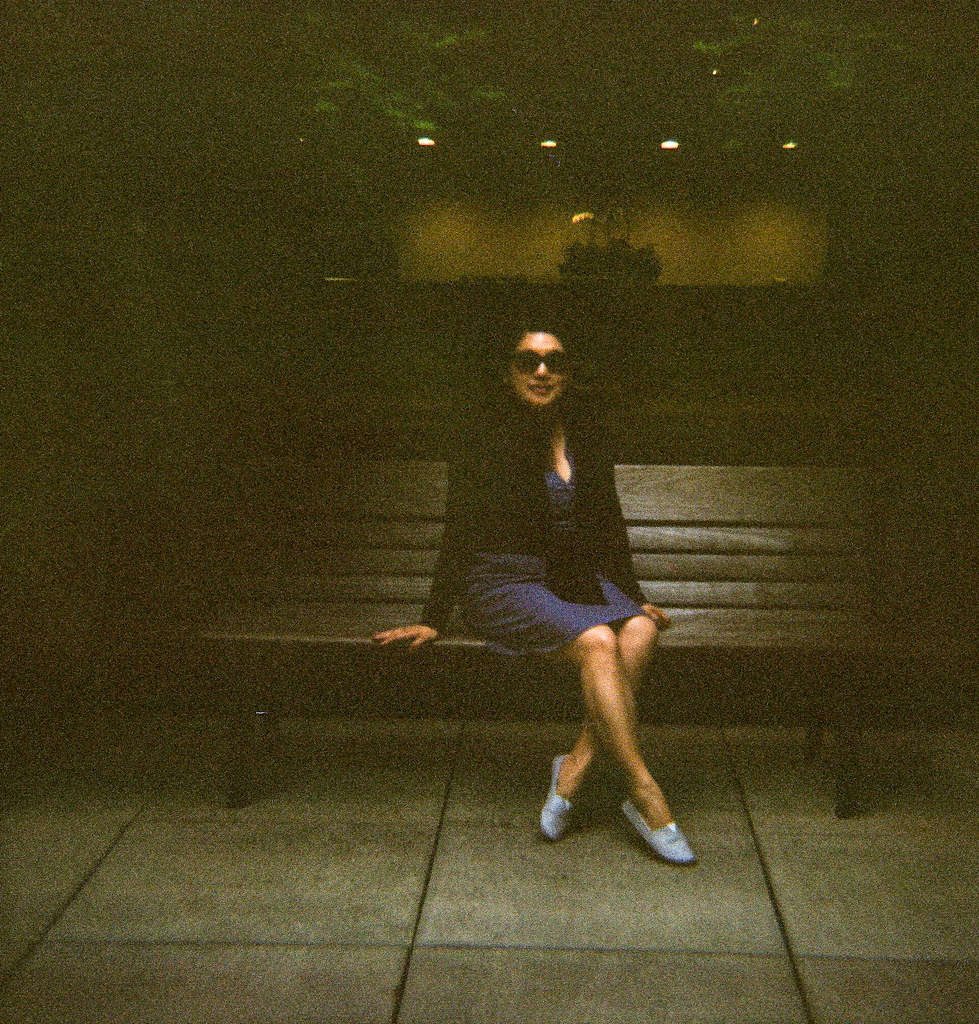
Developed and Scanned at Panda Lab
